Ranked: the UK's prettiest small towns and villages
The best of the UK
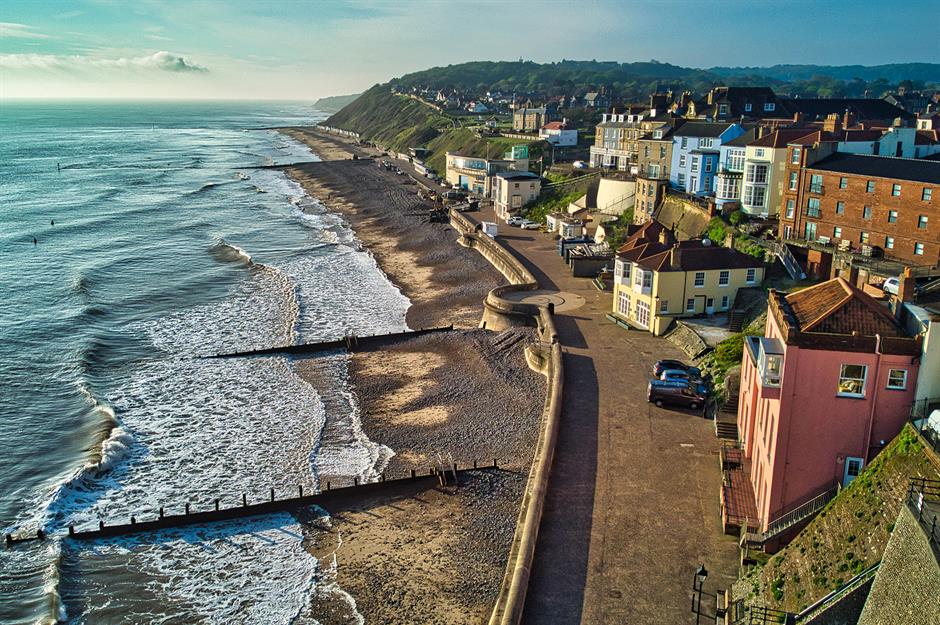
Village greens, duck ponds, cobbled marketplaces, wood-beamed pubs and multi-hued harbours with bobbing boats – Britain is brimming with idyllic rural scenes. Join us on a whirlwind tour of the most picturesque communities across the UK, each one a perfect snapshot of charm and beauty.
In our opinion, these are the UK's prettiest towns and villages. Click through this gallery to see how we've ranked them...
80. Wells-next-the-Sea, Norfolk, England
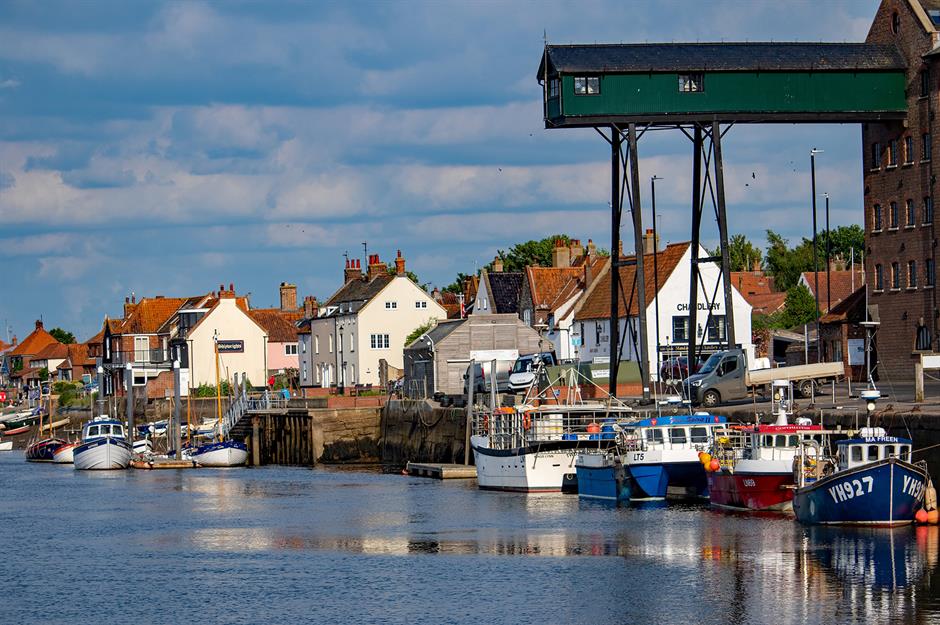
This delightful seaside town boasts a beautiful harbour and a stunning sandy beach lined with traditional beach huts. The picturesque quay with its iconic lighthouse provides panoramic views over the nearby salt marshes and tidal estuary, adding to the town’s appeal. Wells-next-the-Sea also offers a glimpse into Norfolk’s maritime history, with its rich fishing heritage and vibrant local markets.
79. Alnwick, Northumberland, England
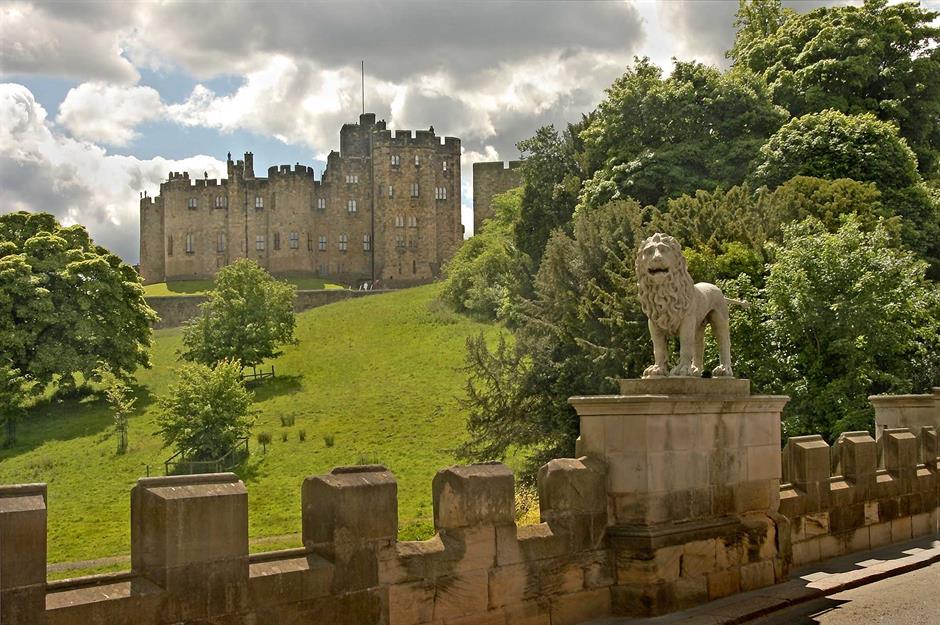
Alnwick, Northumberland may look familiar to Harry Potter fans, as Alnwick Castle was one of the shooting locations for Hogwarts. The Cherry Orchard, Bamboo Labyrinth and intriguing Poison Garden at the Alnwick Garden provide a pop of colour in the pretty market town.
78. Hawkshead, Cumbria, England
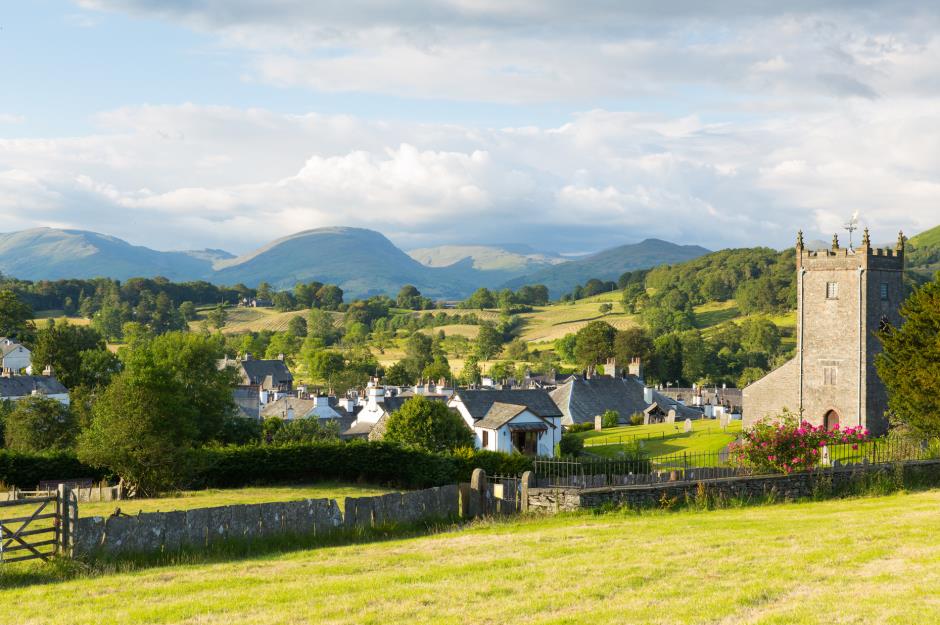
This historic little village with its handsome 17th-century buildings has a litany of literary connections. It was where William Wordsworth went to school and where Beatrix Potter’s husband worked – his office now houses the Beatrix Potter Gallery. Her house is a short drive away in Near Sawrey, as is Wordsworth’s hometown of Grasmere.
77. Crail, Fife, Scotland
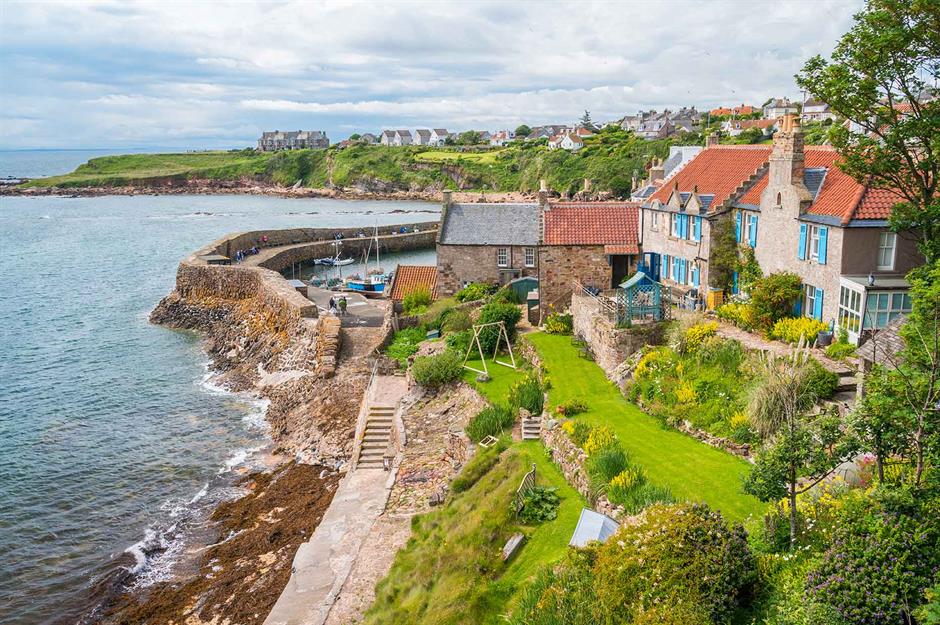
This fishing village has cobbled streets, a pretty harbour and lovely cliffside panoramas out across the North Sea. Situated in East Neuk of Fife (neuk means nook), this patch of coastline is among the most glorious in the UK. The 117-mile (188km) Fife Coastal Path stretches to the Firth of Forth and showcases magnificent views.
76. Scarborough, North Yorkshire, England
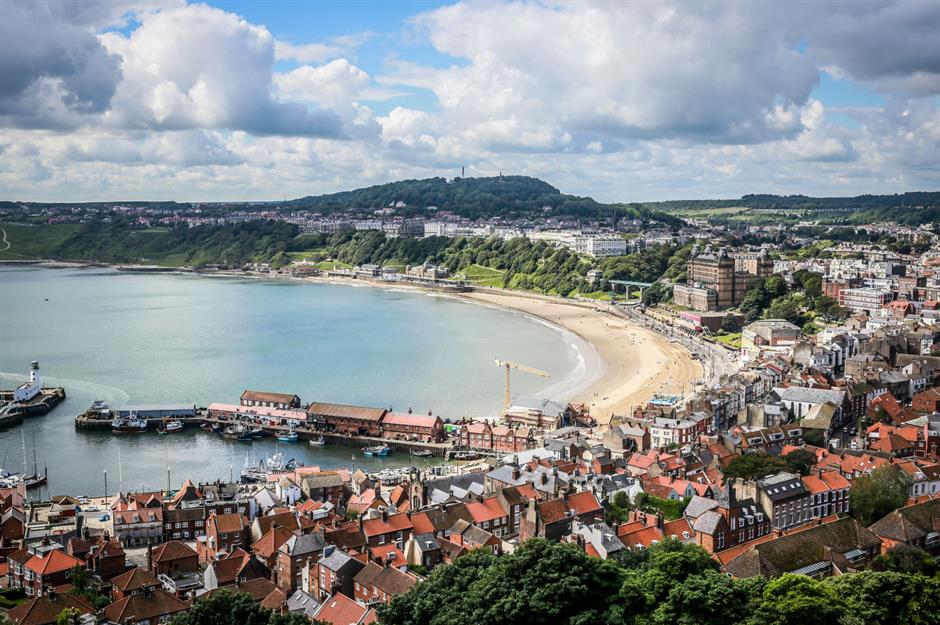
Set beneath a cliffside overlooking a glorious sandy beach is the charming seaside resort of Scarborough. Famed for its medieval castle, historic harbour, traditional amusement arcades and fish and chip shops, Scarborough has been a vibrant holiday destination for centuries.
75. Shere, Surrey, England
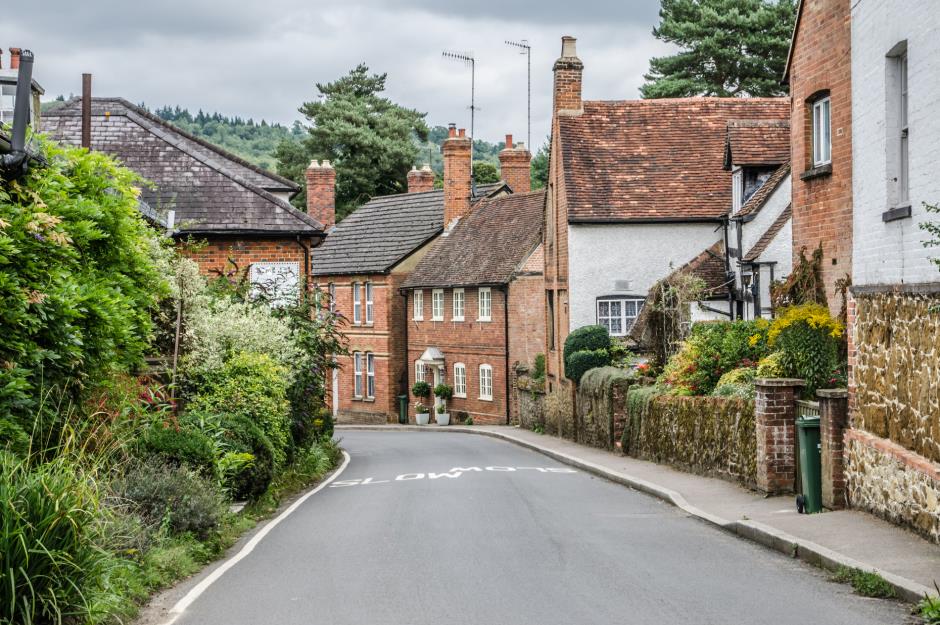
This chocolate-box charmer in the Surrey Hills was the location for Kate Winslet’s character’s cute cottage in house-swap movie The Holiday. The quintessential English village has half-timbered houses, a babbling stream, a beautiful but dinky 12th-century church, two fab pubs, a couple of shops, a small museum and a tearoom. What more could you ask for? Apart from a Jude Law in glasses turning up at your door, of course.
74. Groomsport, County Down, Northern Ireland
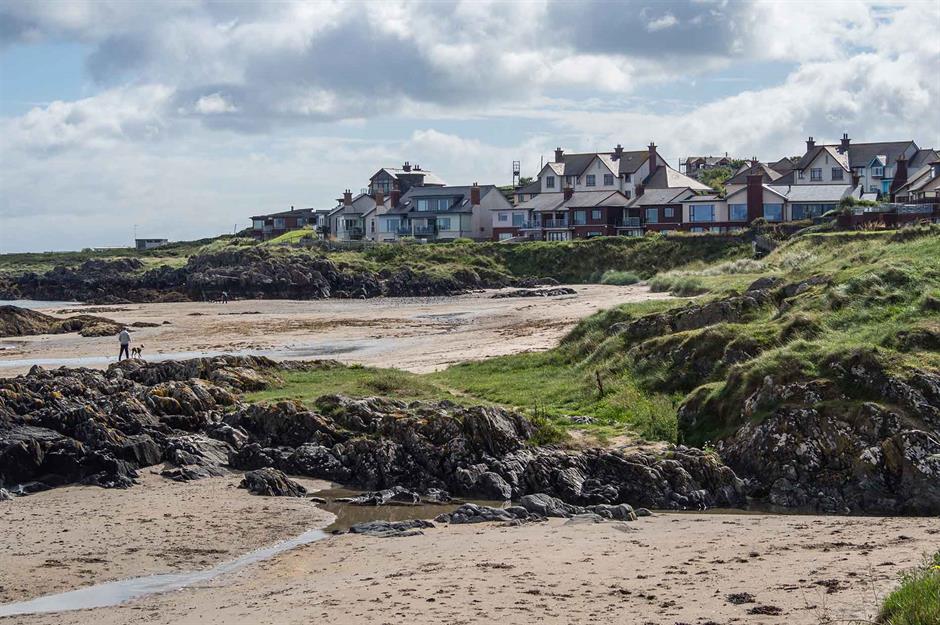
This charming harbour town, just near Bangor at the mouth of the Belfast Lough, was once a thriving fishing port. Today it’s a tranquil little place with some lovely sandy beaches. The tiny thatched fisherman’s cottages in Cockle Row, first built in 1910, still stand proud.
Love this? Follow us on Facebook for travel inspiration and more
73. Oban, Argyll and Bute, Scotland
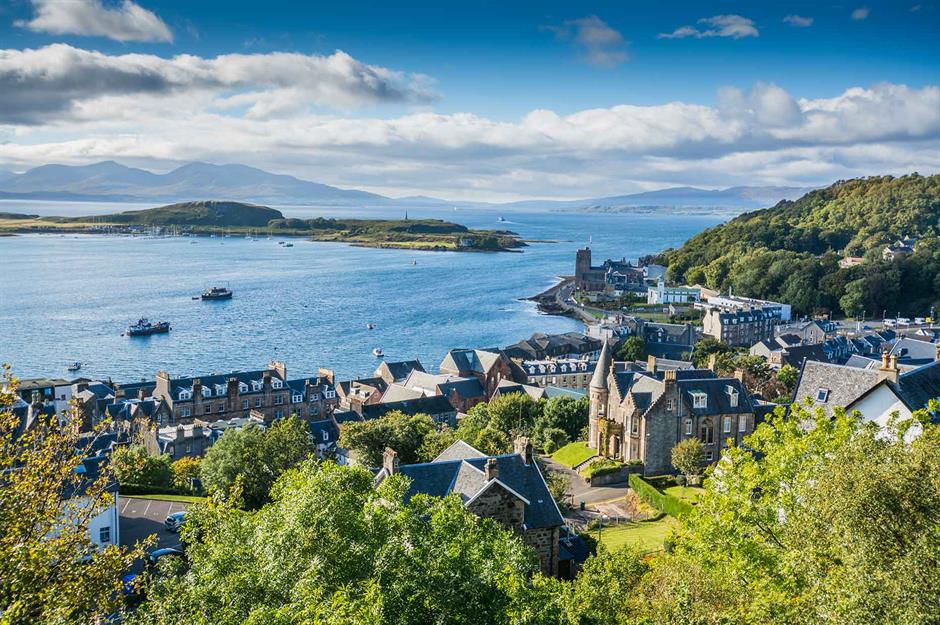
This Scottish harbourfront town is a salt-swept haven of chocolate, whisky and scrumptious seafood. It's home to seals and puffins, as well as the Oban Distillery, which produces the nation’s oldest recipes for single malt scotch.
72. Bakewell, Derbyshire, England
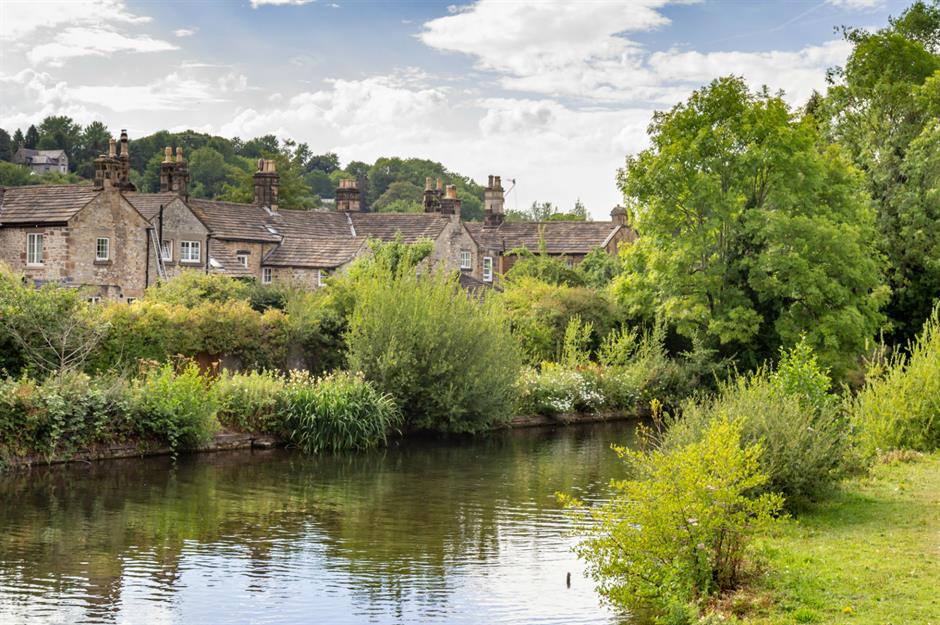
Best known for being the birthplace of the delicious jam and shortcrust pastry of the same name, Bakewell is a quiet market town in the Derbyshire Dales. Legend has it that in the mid-19th century the Bakewell pudding was made by a local chef by mistake while trying to make a jam tart. Located on the banks of the River Wye, a hop over the stone Bakewell Bridge offers a wide array of tranquil walks.
71. Tenby, Pembrokeshire, Wales
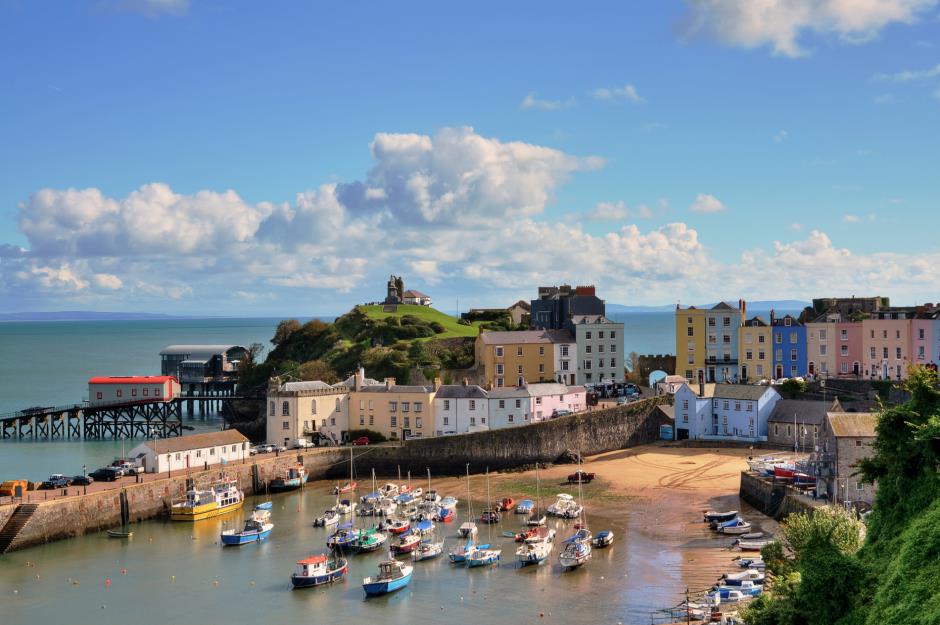
This medieval walled town in Pembrokeshire was a favourite bathing spot for the Victorians and Georgians. And its popularity has endured. From its maze of cobbled streets and bustling little harbour to its beautiful beaches and the pastel-coloured houses along its promenade, Dinbych y Pysgod (as it’s called in Welsh) has seaside charm by the bucketful.
70. Whitby, North Yorkshire, England
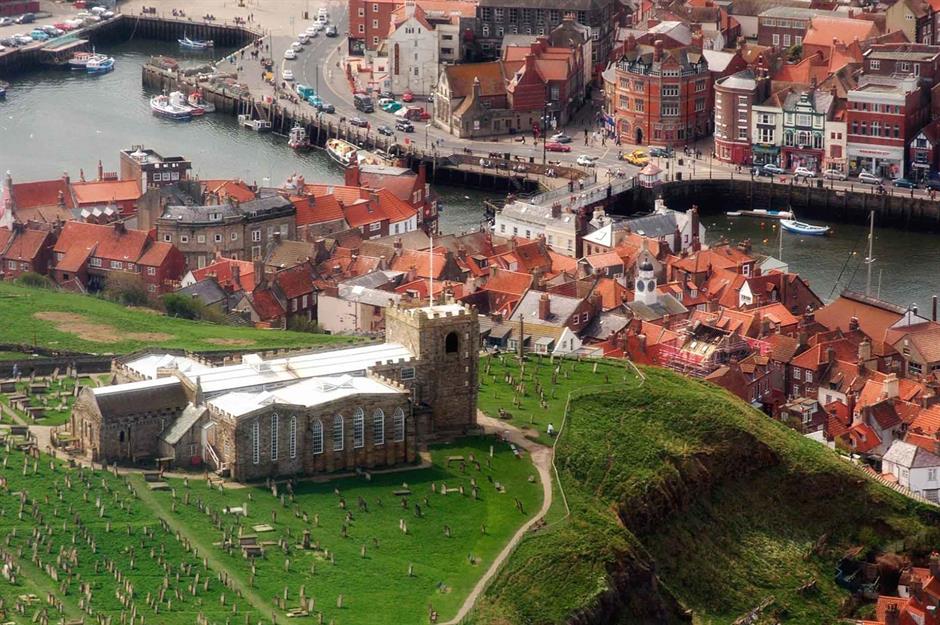
Tucked up high on the Yorkshire coast is the seaside town of Whitby. Famed for being the port where Bram Stoker's infamous character Count Dracula was shipwrecked, the abandoned abbey here offers some real-life spooky ruins. It's still idyllic though, with its vast array of orange-brick houses and cottages clustered together on each side of the harbour.
69. Battlesbridge, Essex, England
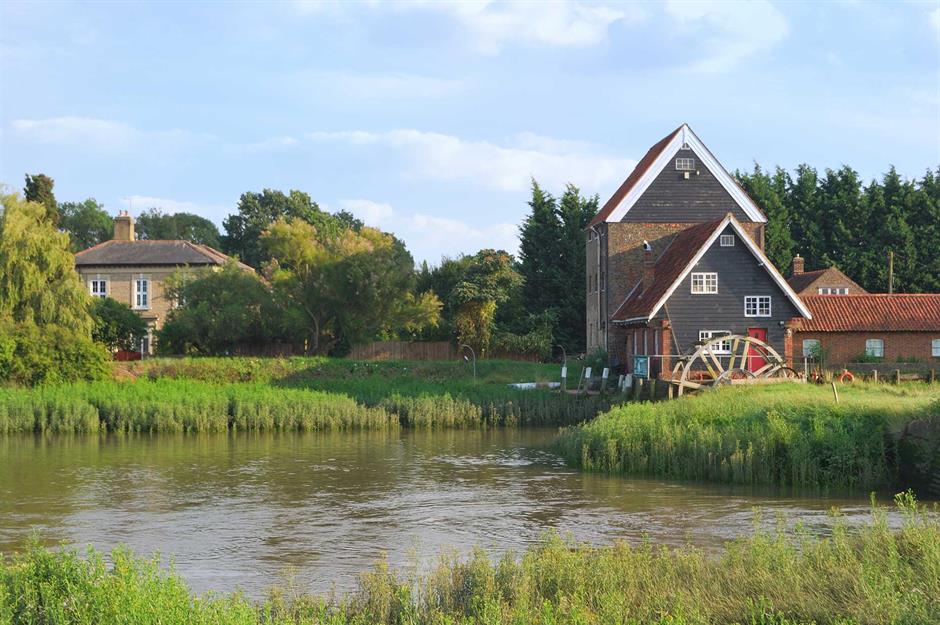
Essex’s Battlesbridge village earned its name from the Bataille family’s original bridge over the River Crouch. Today, Battlesbridge is a famed antique hot spot with treasures hiding in every old building and courtyard. The town's unusual motorcycle museum is full of vintage models and motorcycle memorabilia.
68. Bamburgh, Northumberland, England
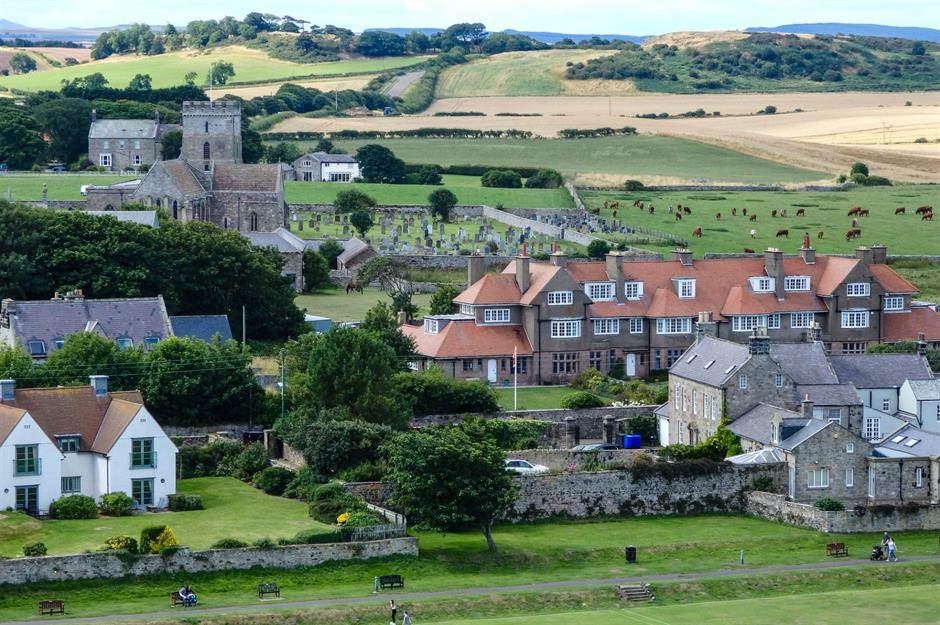
The adorable coastal town of Bamburgh in Northumberland is home to one of the UK’s most iconic castles. In fact, a fortress has stood on the site of Bamburgh Castle for around 1,400 years. The town’s brooding shoreline and challenging waters have become popular with surfers and adrenaline junkies, while David Attenborough once described the nearby Farne Islands as 'the UK’s greatest wildlife experience'.
67. Ambleside, Cumbria, England
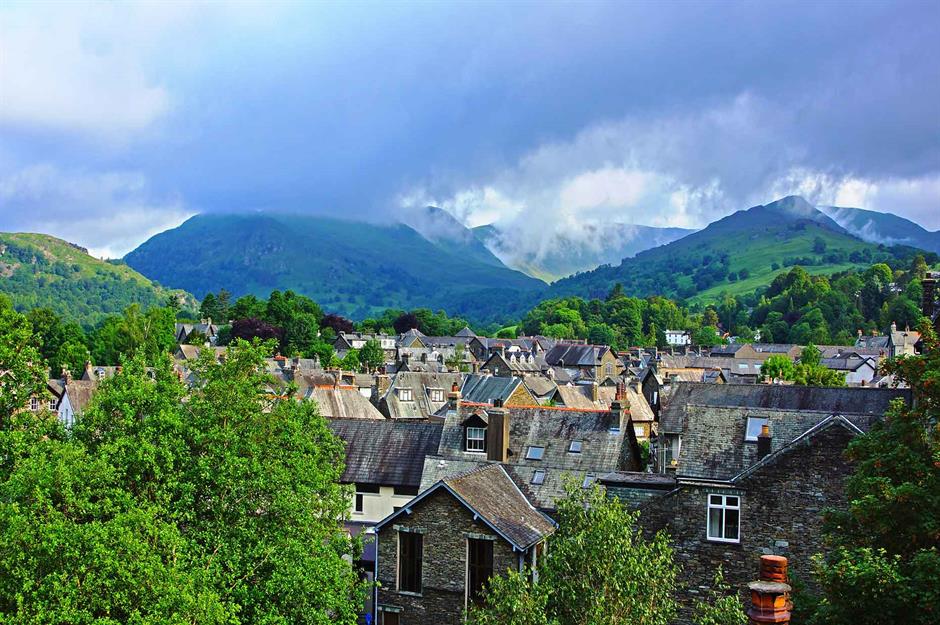
The Lake District is one of the most beautiful parts of Britain and harbours a number of lovely villages and towns. Ambleside sits to the north of spellbinding Lake Windermere, with quaint stone cottages and imposing fells at every turn. The town's Bridge House, a 17th-century building that stands over the Stock Beck river, is one of the region's most photographed features.
66. Dedham, Essex, England
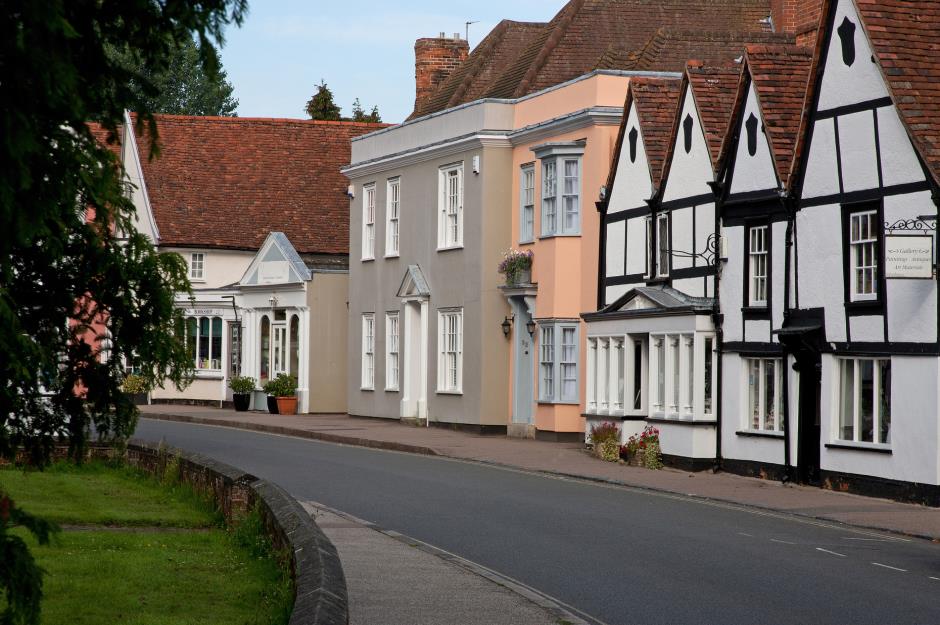
Straddling the border between Essex and Suffolk, the village of Dedham and its surrounding countryside have changed very little since the painter John Constable captured them on canvas. Once a prosperous wool and market town, Dedham's buildings are a delightful mix of medieval and Georgian architecture. There’s also a beautiful 15th-century church and nearby is the Grade I-listed Flatford Mill, a watermill owned by Constable’s father that was a subject for his paintings.
65. Keswick, Cumbria, England
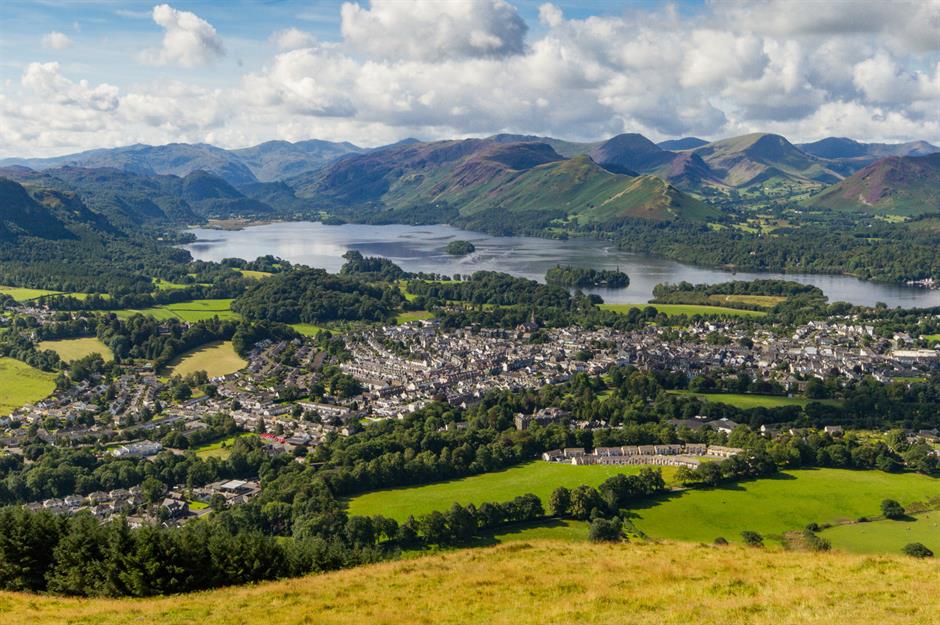
Nestled between Skiddaw and Derwentwater lies the pretty market town of Keswick. The surrounding Lake District mountains and fells provide picturesque views across the area, with houses and buildings that look almost as green as the fields thanks to the famous green slate that's quarried here.
64. Beaulieu, Hampshire, England
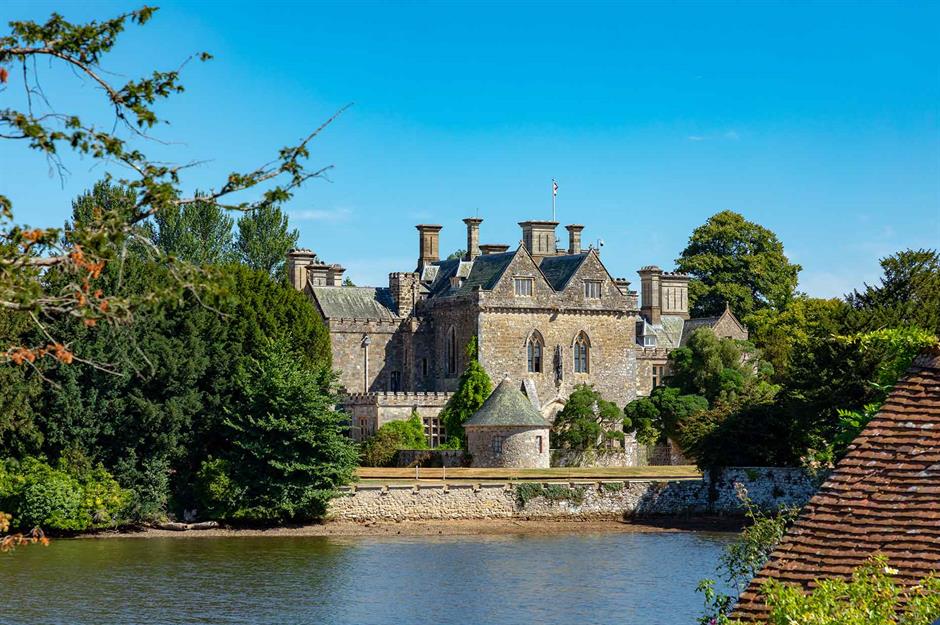
Set around the head of the Beaulieu River, even the little high street in this beautiful village is super sweet. The grand Palace House (pictured) has been the Montagu family home since 1538 and is one of the most charming historic homes in Hampshire. Shipbuilding village Buckler’s Hard, where Nelson’s first fleet of ships was constructed, is nearby.
63. Cartmel, Cumbria, England
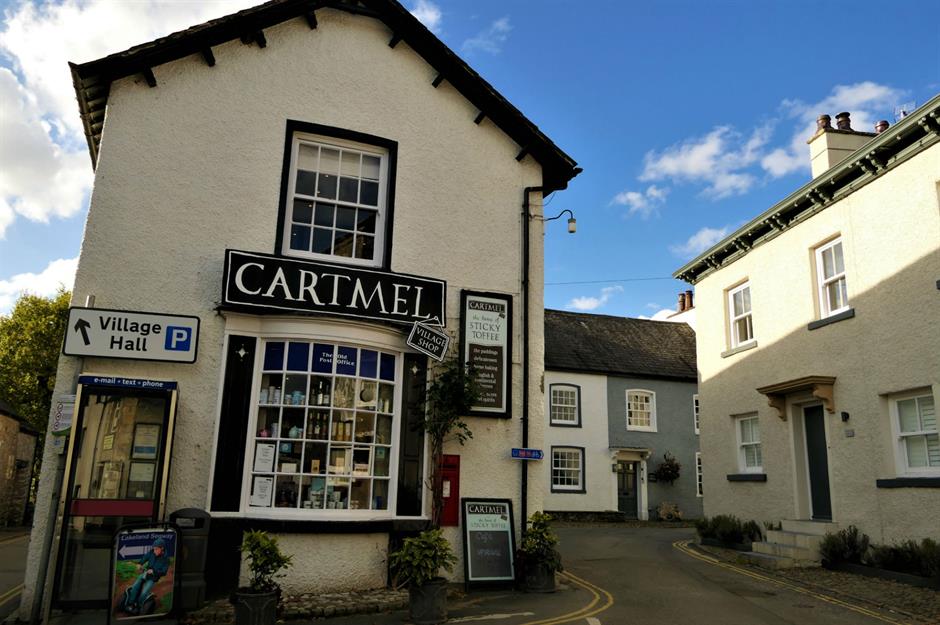
Famous for its delectable sticky toffee pudding, Cartmel sits on the southern edge of the Lake District and looks like it belongs in a storybook. The charming medieval village is known for its ancient winding streets and the gorgeous 12th-century Cartmel Priory Church. The village may be small, but it has an impressive and growing reputation for its fine dining and traditional Lakeland inns. Local restaurant L'Enclume has won multiple awards for its top-quality food, including Tripadvisor’s Travellers' Choice Award.
62. Naunton, Gloucestershire, England
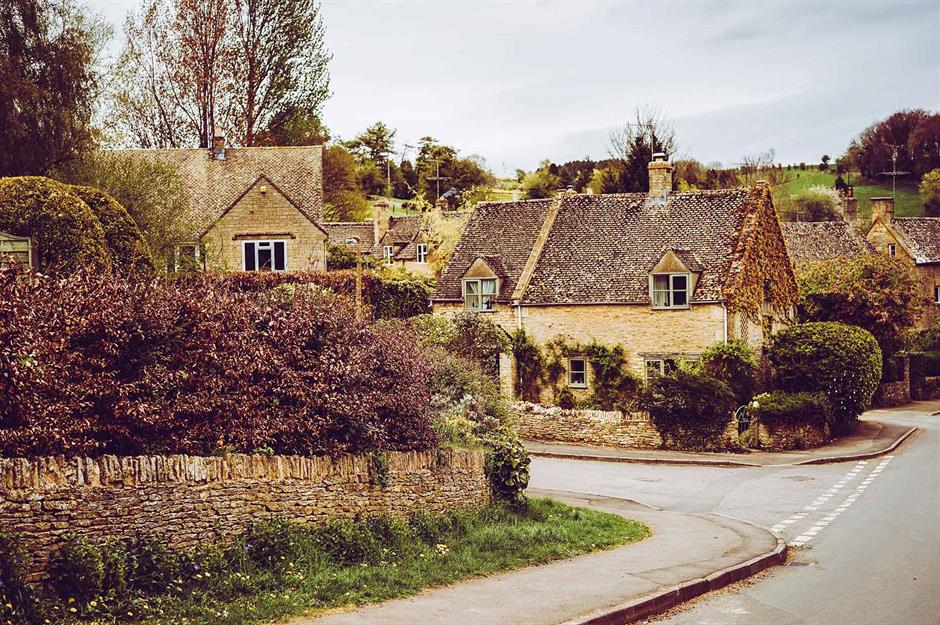
This pretty village has a long history, which was first recorded in the original Domesday Book in 1086. The pale stone houses and 800-year-old church gather along the River Windrush, where the village's beautiful dovecote (an original birdhouse) has stood for hundreds of years.
61. Tobermory, Isle of Mull, Scotland
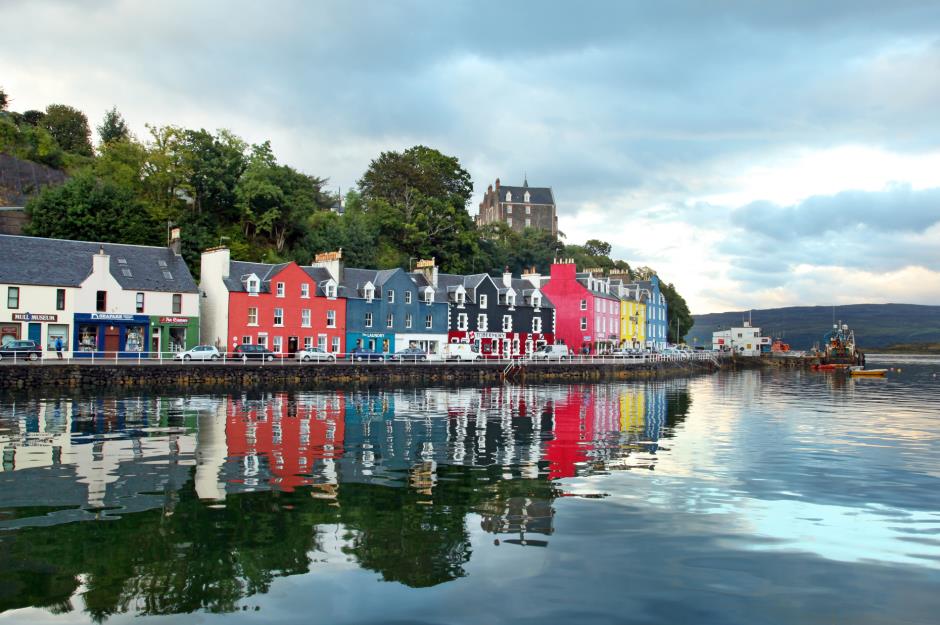
The Isle of Mull’s main village came to fame in a BBC children's TV series, Balamory. Its quaint harbour is lined with bright multi-coloured houses and is a busy hub with bobbing fishing boats, ferries and day boats. Tobermory is a great place for wildlife spotting and is home to white-tailed sea eagles, otters and whales.
60. Carnlough, County Antrim, Northern Ireland
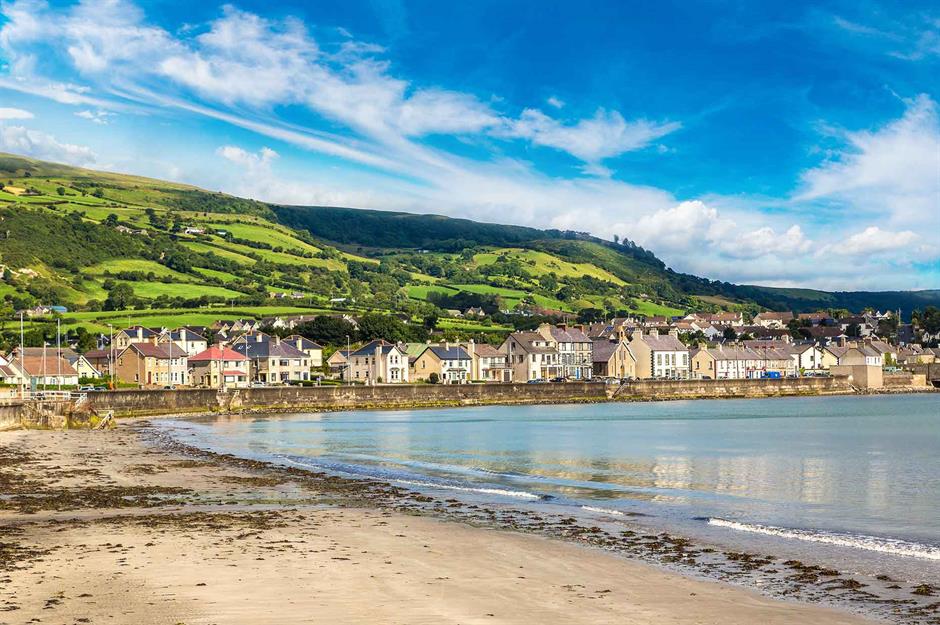
As well as being a stunning seaside destination, Carnlough is also where the sopping-wet Game of Thrones cast hauled themselves over the harbour wall in an episode in season six. The views of Carnlough Bay from the very same harbour are beautiful, as are the Cranny Falls waterfalls.
59. Lustleigh, Devon, England

Exceedingly lovely Lustleigh is set on the east of Dartmoor National Park and ticks all of the English village boxes – green, ancient church, thatched houses and pub. This scenic part of Devon also has riverside trails, ancient abbeys and castles.
58. Port Sunlight, Merseyside, England
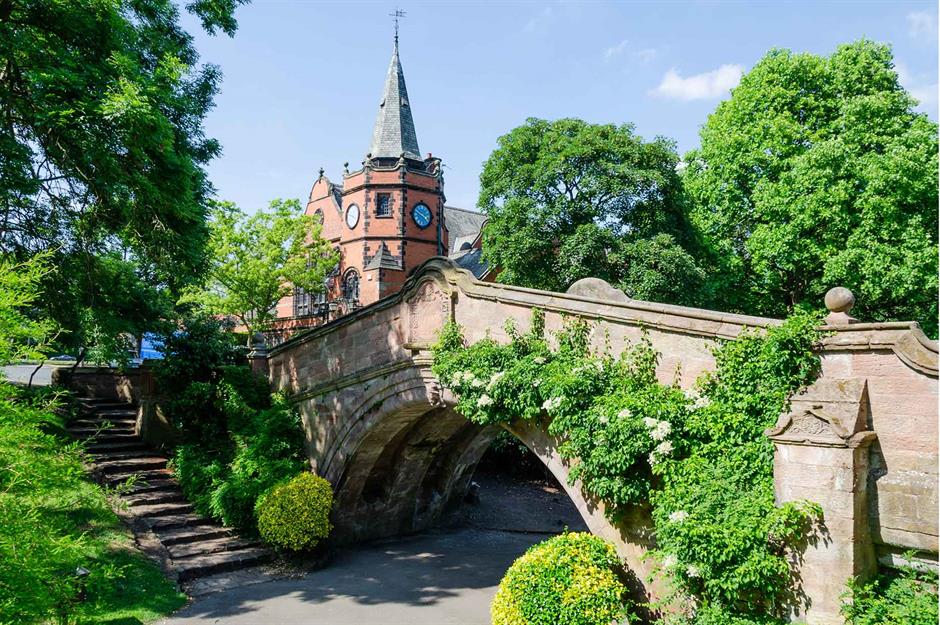
The quaint village of Port Sunlight was originally built in the late 1800s for workers at the Sunlight Soap factory. It's so much more than that now, with no fewer than 900 Grade II-listed buildings, 130 acres of parklands, many fountains and rose gardens.
57. Castleton, Derbyshire, England

Right in the heart of the glorious Peak District National Park, cute Castleton is overlooked by Mam Tor (known as 'the shivering mountain') and the ruins of Norman castle Peveril. The surrounding hillsides are spectacular enough, but this pretty little village has bags of charm and history of its own.
56. Warkworth, Northumberland, England
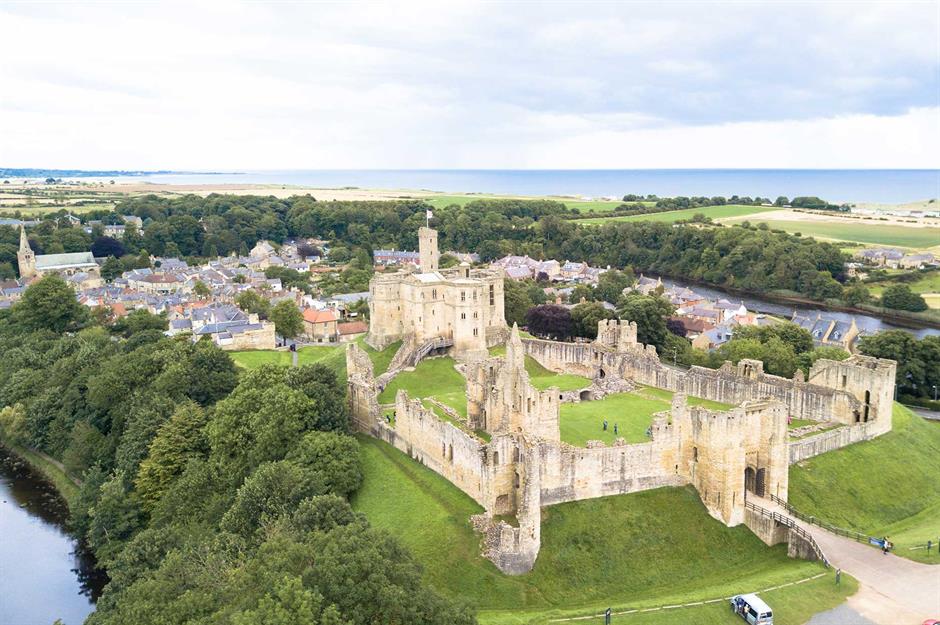
Warkworth village is dwarfed by the impressive remains of Warkworth Castle, which featured in Shakespeare’s Henry IV and stands majestically overlooking the town's 18th and 19th-century houses. The main street also has the towering 100-foot (30m) spire of the Church of St Lawrence at the opposite end to the castle.
55. Lymm, Cheshire, England
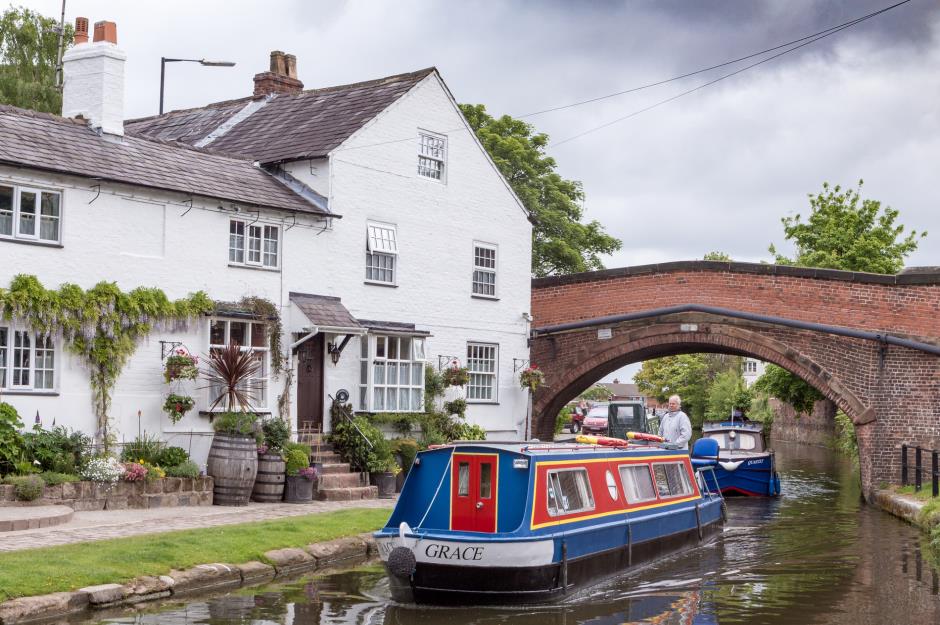
Historic Lymm with its ancient market cross is one of Cheshire’s prettiest villages. The Bridgewater canal passes through the centre with some lovely buildings along the water’s edge. The Lymm Dam, built in 1824 when a turnpike road was created from Warrington to Stockport, and its surrounding woodlands are also picturesque.
54. Downham, Lancashire, England
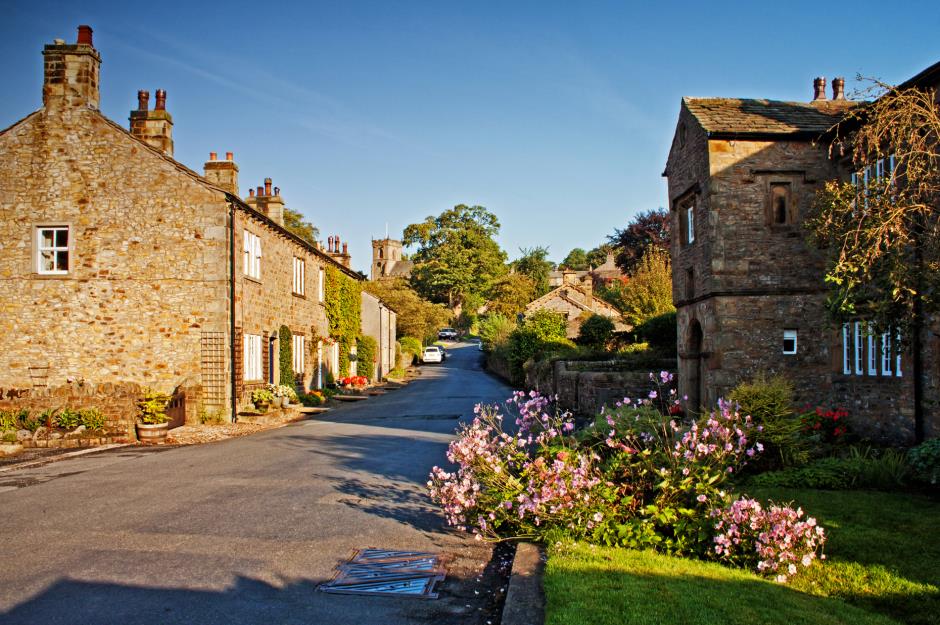
Unspoiled and with unbelievably pretty views across the fields to the Ribble Valley and the brooding form of Pendle Hill, conservation village Downham is an absolute charmer. And there are no aerials, overhead wires, satellite dishes or road signs to obscure the views. The little green, bubbling brook and cute ivy-clad cottages just add to the scene.
53. Plockton, Highlands, Scotland
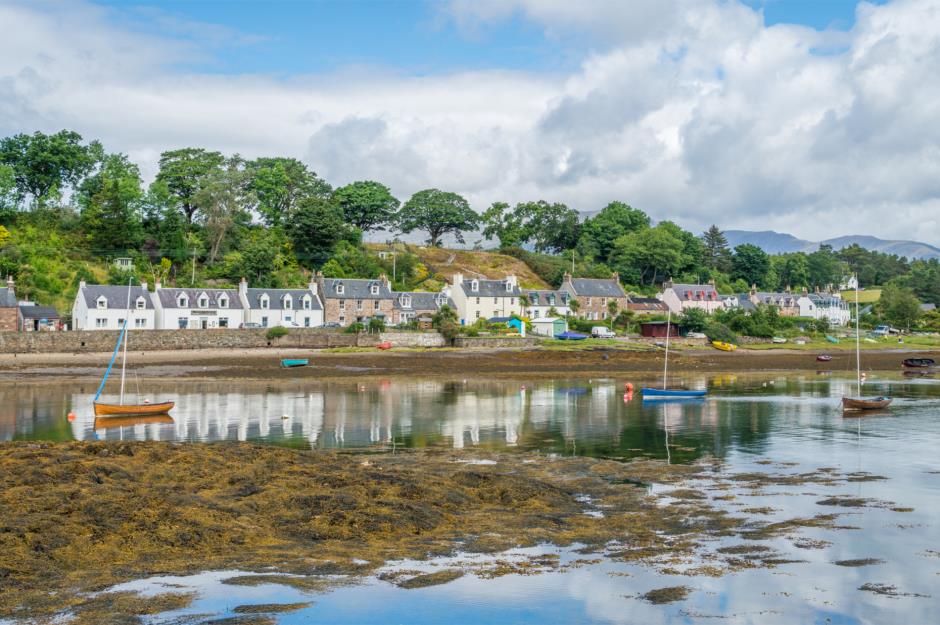
Bonny doesn’t begin to describe this harbour town in the western Scottish Highlands where traditional cottages line a sheltered bay on Loch Carron, with views across to the Applecross and Torridon mountains. Once a thriving little fishing and crofting community, Plockton's now something of a yachting and tourism hot spot due to its postcard looks, which were made famous by the BBC series Hamish Macbeth, starring Robert Carlyle.
52. Staithes, North Yorkshire, England

Famously the home of British explorer Captain Cook, this stunning fishing village on the North Yorkshire coast has plenty more to boast about. Cute whitewashed cottages cling to the craggy cliffs that edge a pretty harbour and beach, while the maze of lanes and cobbled alleys are truly charming. Today, Staithes is home to a thriving creative community – evident in its galleries and workshops.
51. Mousehole, Cornwall, England
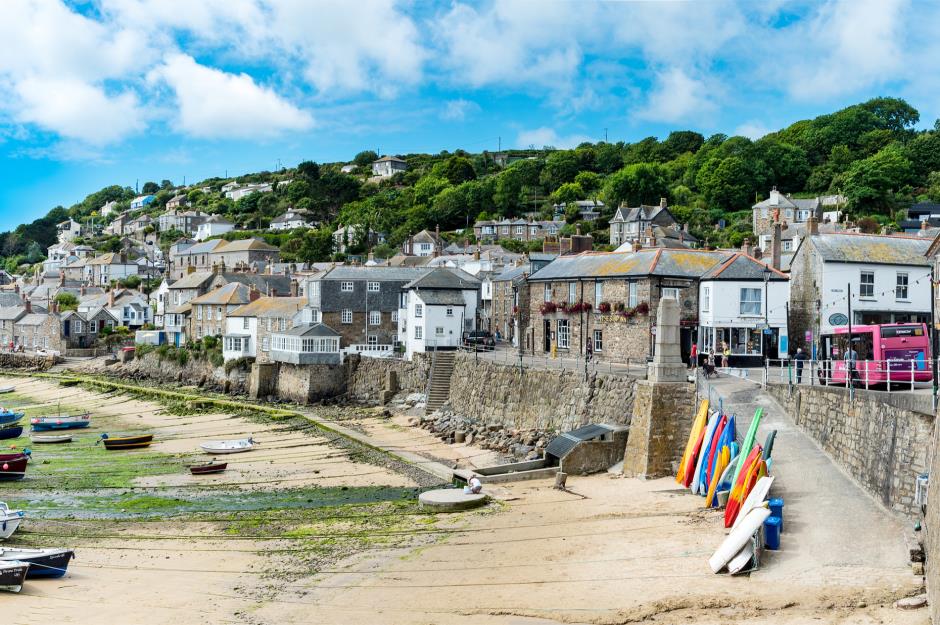
This cute little fishing village in west Cornwall is a charming maze of narrow streets and higgledy cottages that all lead to the harbour where boats bob on the water. Higher up is a blanket of green from the surrounding trees, home to birds and wildlife. Further along the coast, it's a short drive to the Minack Theatre, hewn from the cliffs above Porthcurno.
50. Osmotherley, North Yorkshire, England
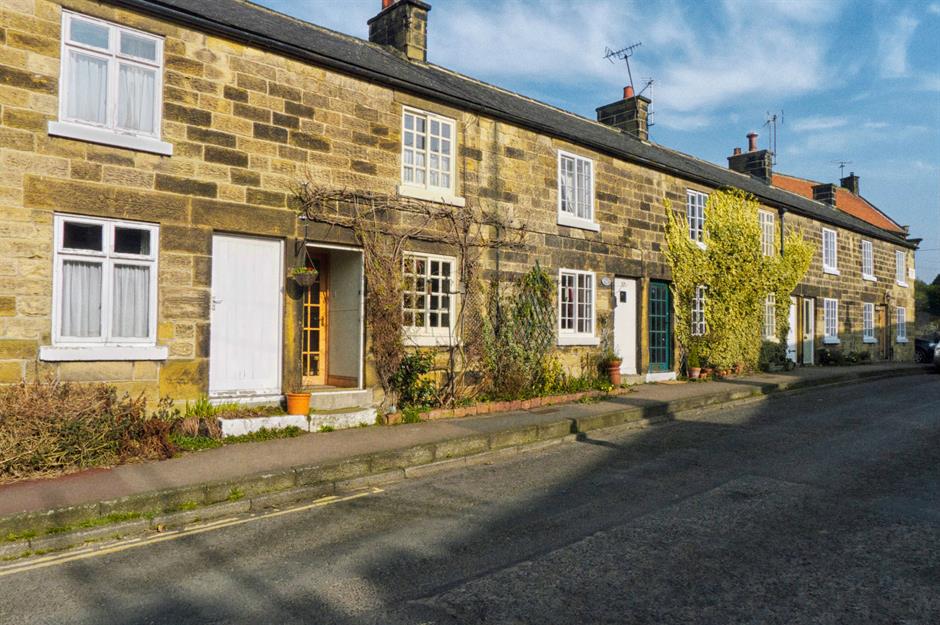
Hidden on the western edge of the North York Moors National Park is the secluded village of Osmotherley. With its tree-lined narrow streets and quaint houses, the area oozes charm. The 18th-century Methodist leader John Wesley is said to have preached to crowds at the barter table in the town centre, which still stands today. Religious history is all around – just a short drive from Osmotherley are the stunning Grade II-listed ruins of Mount Grace Priory.
49. Dorchester-on-Thames, Oxfordshire, England
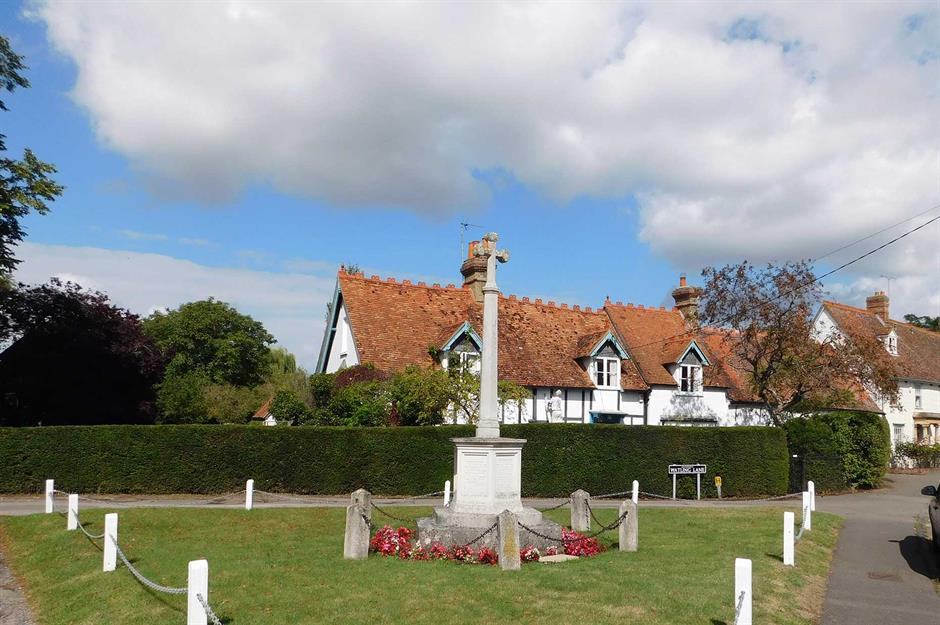
Dorchester is a Roman dwelling, originally known as Doric, which sits along a thread of the River Thames. There are plenty of thatched roofs and Tudor-style facades down quaint little roads, and the Dorchester Abbey tower peeks over the high street.
48. Hebden Bridge, West Yorkshire, England
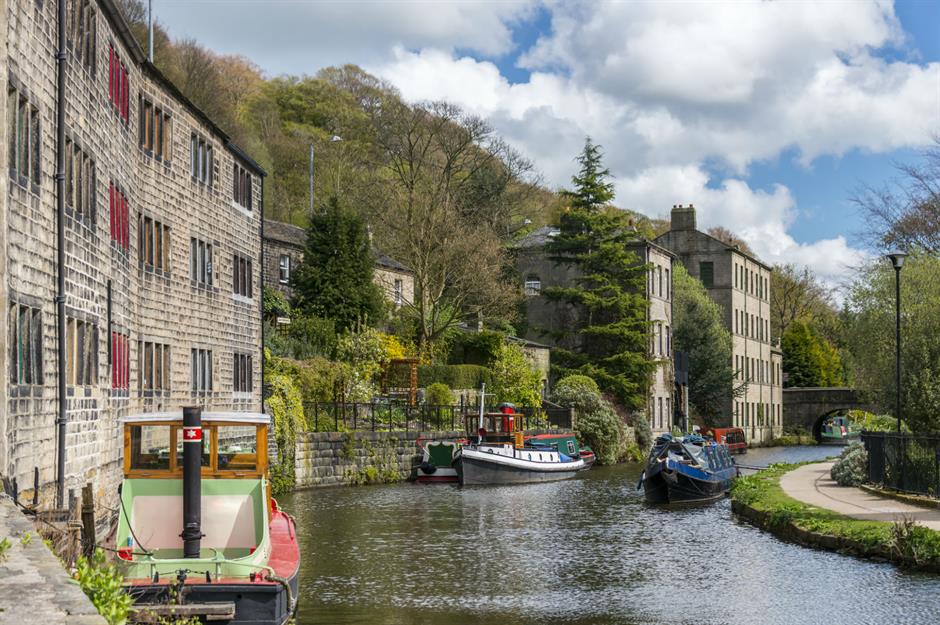
This quirky market town is nestled between the bustling cities of Leeds and Manchester. The star of Hebden Bridge is the Rochdale Canal which runs through its centre, while nature spots nearby include the beautiful wooded valleys of Hardcastle Crags and Jumble Hole Clough.
47. Hawes, North Yorkshire, England

Perched in the stunning Yorkshire Dales National Park is the picturesque market town of Hawes. Wallace and Gromit fans may know Hawes as the home of the world-famous Yorkshire Wensleydale cheese. The cheese was originally made by French Monks during the 16th century after settling here. Medieval history is also in abundance at the impressive Bolton Castle.
46. Bourton-on-the-Water, Gloucestershire, England
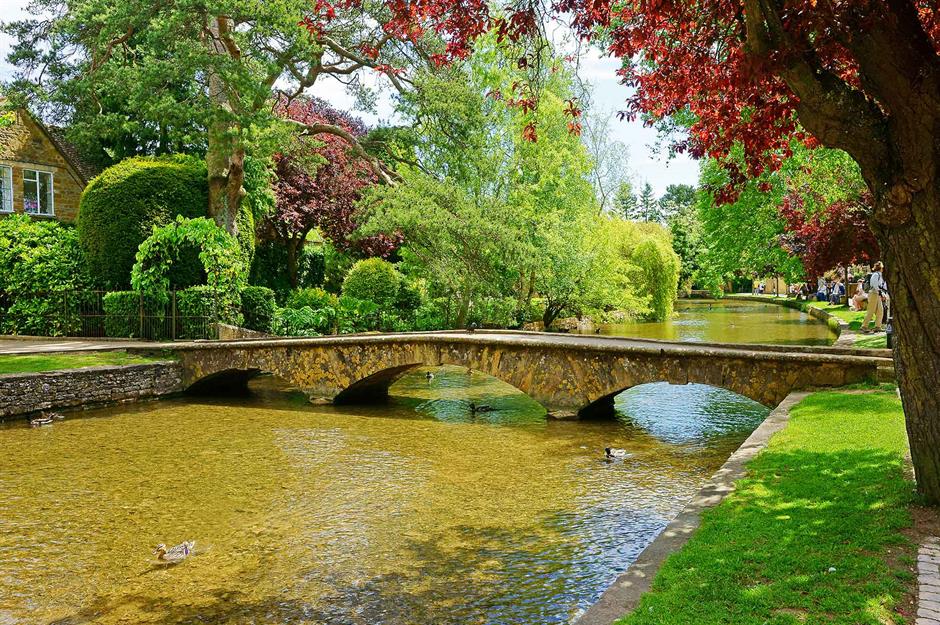
Bourton-on-Water is a strong contender in the Cotswolds' beauty pageant. Built around the River Windrush, its famously cute low footbridges cross the shallow water where ducks bob. In the centre, alongside the river, are numerous quaint shops and traditional tearooms that add to the village's charm.
45. Great Budworth, Cheshire, England
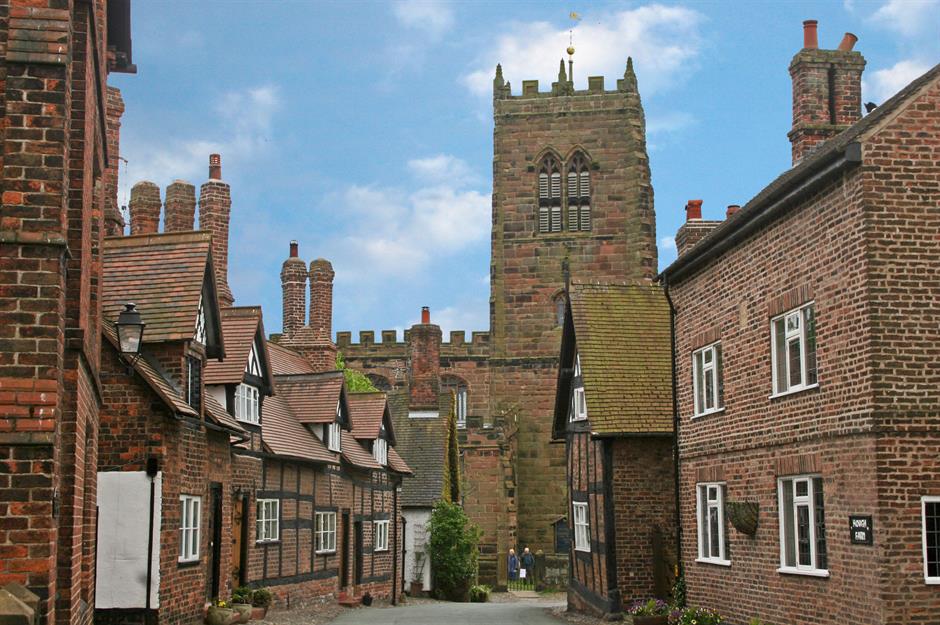
Dubbed 'the most picturesque village in Cheshire', Great Budworth has a charming small-town vibe, reinforced by traditional red cottages and a pretty 16th-century church. Places of interest include the pointy-roofed, Grade II-listed George and Dragon pub in the centre of town, and the Ice Cream Farm, where ice cream is made on-site every morning.
44. Hathersage, Derbyshire, England
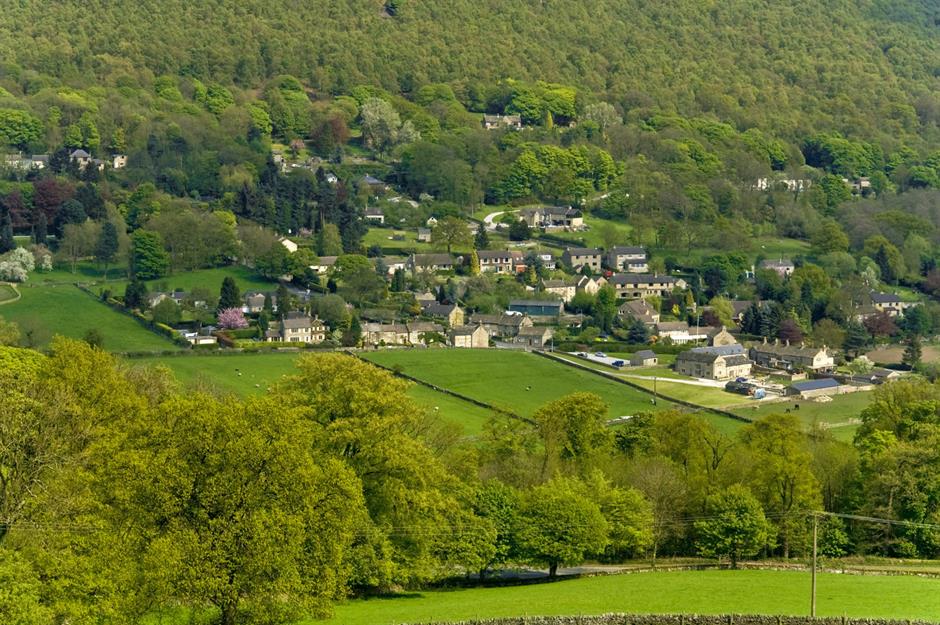
With its lush countryside and vibrant history, Hathersage has become a popular destination for literature fans. Charlotte Bronte is known to have stayed in the storybook village while she was writing Jane Eyre, and the book’s Thornfield Hall is believed to have been based on North Lees Hall on the outskirts of the village. Hathersage has another claim to fame with its connection to Little John, a companion to the legendary outlaw Robin Hood.
43. Beddgelert, Snowdonia, Wales
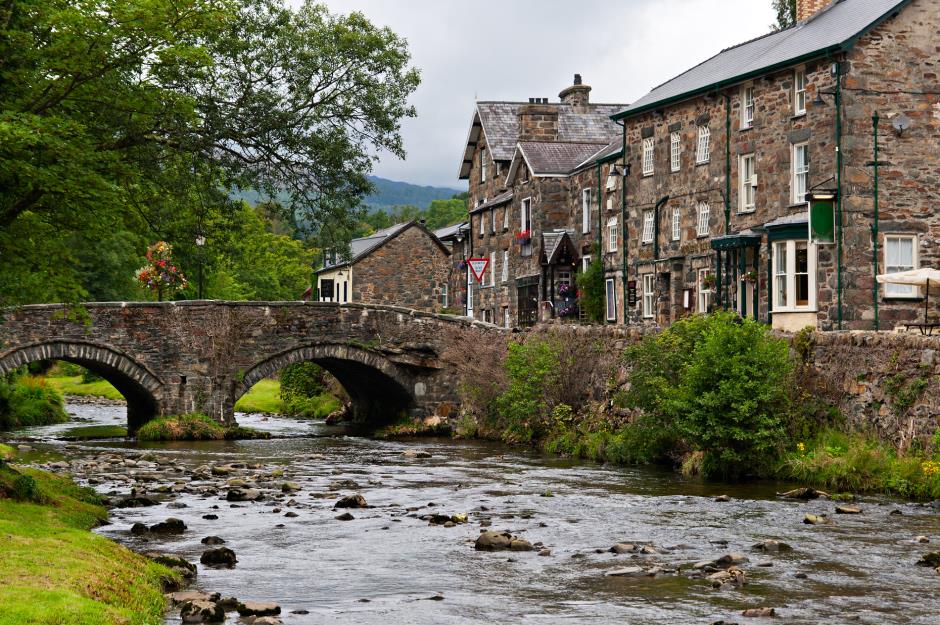
This scenic stone-built village is set amid Snowdonia’s exceptionally dramatic mountain landscape. It’s located at the confluence of the River Glaslyn and River Colwyn and a pretty footbridge crosses the water in the village centre. Beddgelert is most famous for Gelert’s Grave, the supposed burial place of the faithful hound of 13th-century Welsh prince Llewelyn the Great.
42. Llanrwst, Conwy, Wales
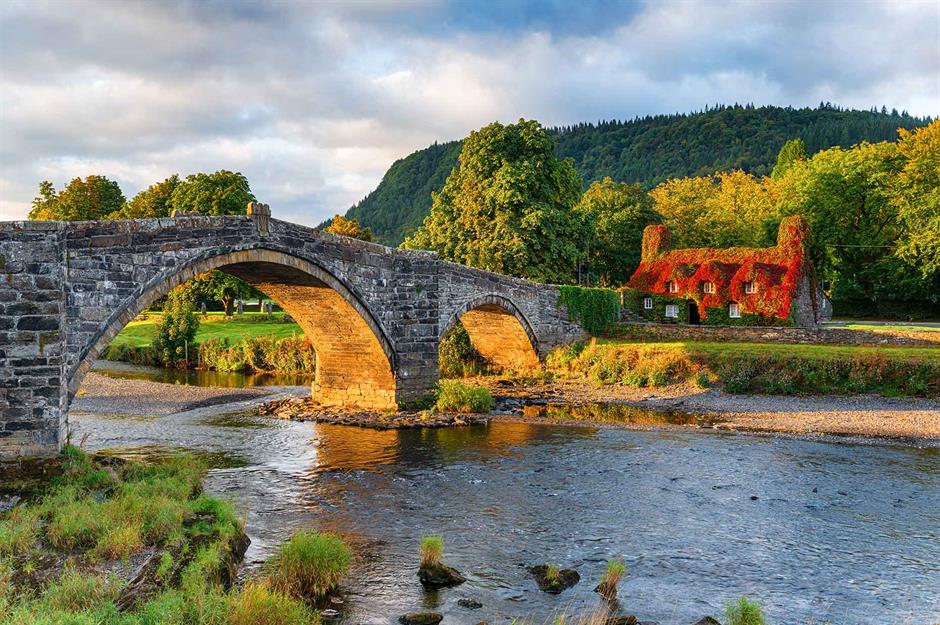
Lovely Llanrwst sits along a curve of the River Conwy where cobblestoned houses are hidden within lush expanses of nature. The town boasts eclectic roots in the wool, harp and clock-making industries and sits on the edge of Snowdonia National Park.
41. Polperro, Cornwall, England
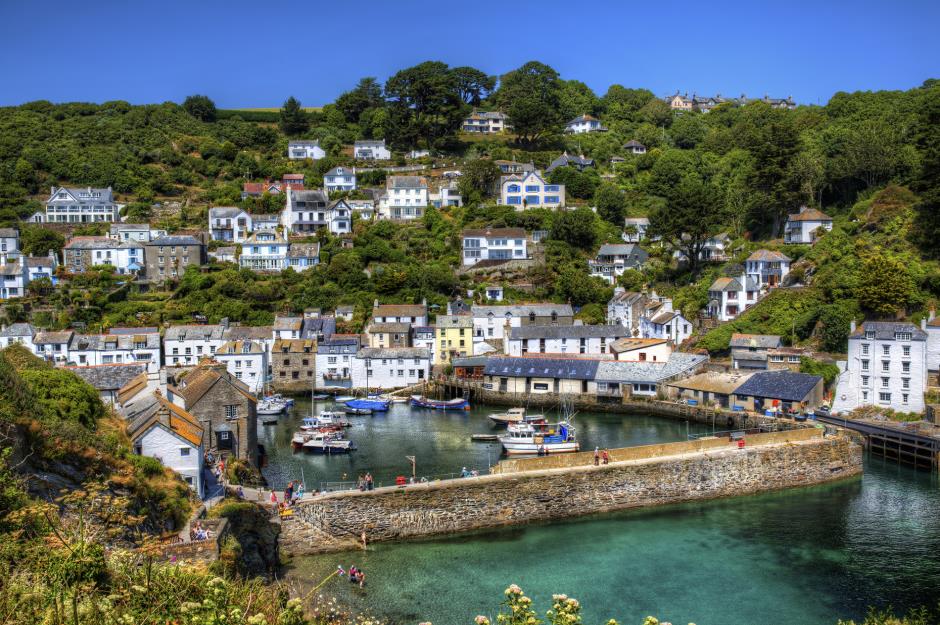
This famous fishing village is as quaint as they come – clusters of colourful cottages clinging to steep hillsides that lead down to a tiny harbour. It's easy to believe it was a one-time haven for smugglers and profiteers, and would still make a superb set for a TV drama.
Check out these then-and-now images of the UK's prettiest seaside towns
40. Crickhowell, Powys, Wales
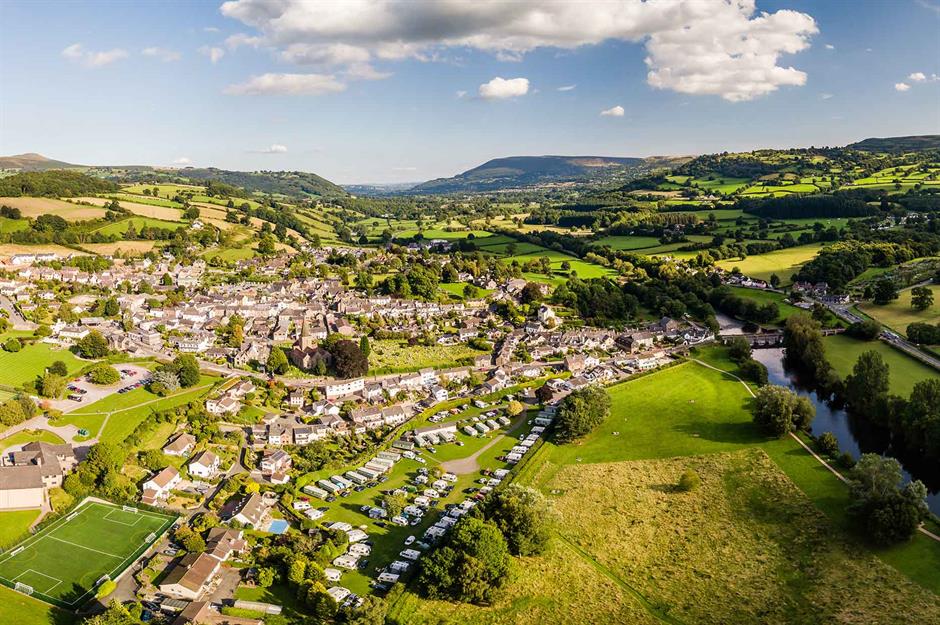
The little market town of Crickhowell traces back as far as the Iron Age, when the fort on Table Mountain was first built. Nestled in the rolling hills between the Vale of Usk and the Black Mountains of Brecon Beacons National Park, Crughywell (as it is in Welsh) is Celtic through and through.
39. Stretton Grandison, Herefordshire, England
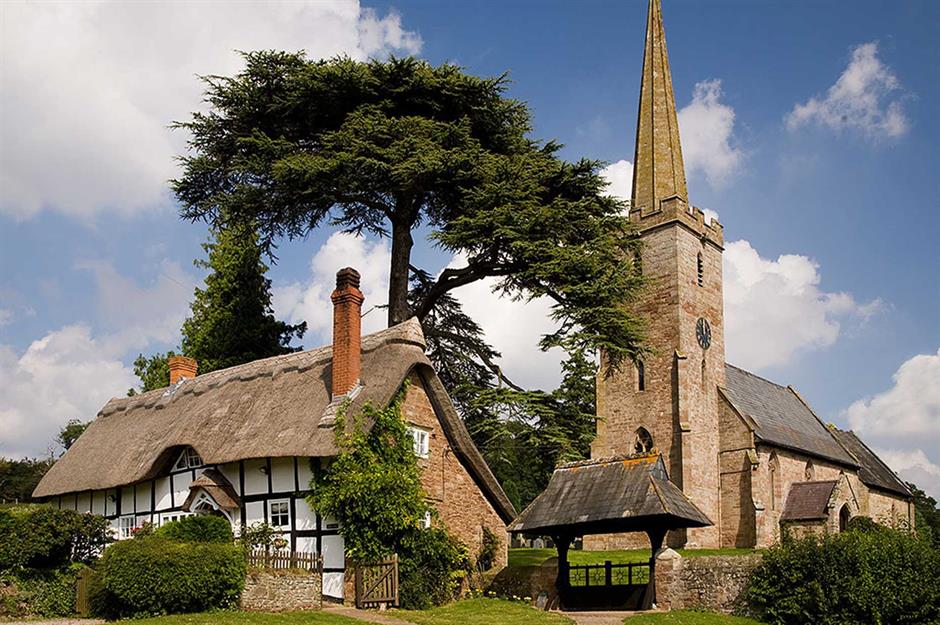
According to the latest census figures, this tiny Herefordshire hamlet is home to around 175 people only. It is thought to have been a larger market town during Roman times, although today there is little more than a cluster of cottages, a church and a nursery school. It's extremely peaceful and picturesque.
38. Stamford, Lincolnshire, England
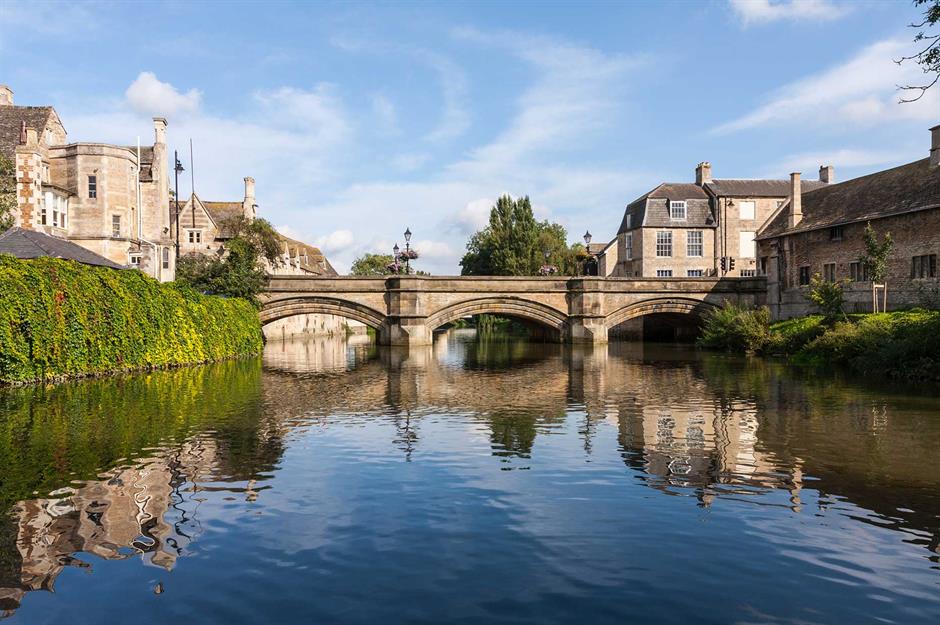
You may recognise the stone facades of this Lincolnshire town as the Pride and Prejudice town Meryton, from the 1995 BBC adaptation of Jane Austen's book. Stamford sits on the banks of the River Welland and is steeped in literary culture and history.
37. Ilmington, Warwickshire, England
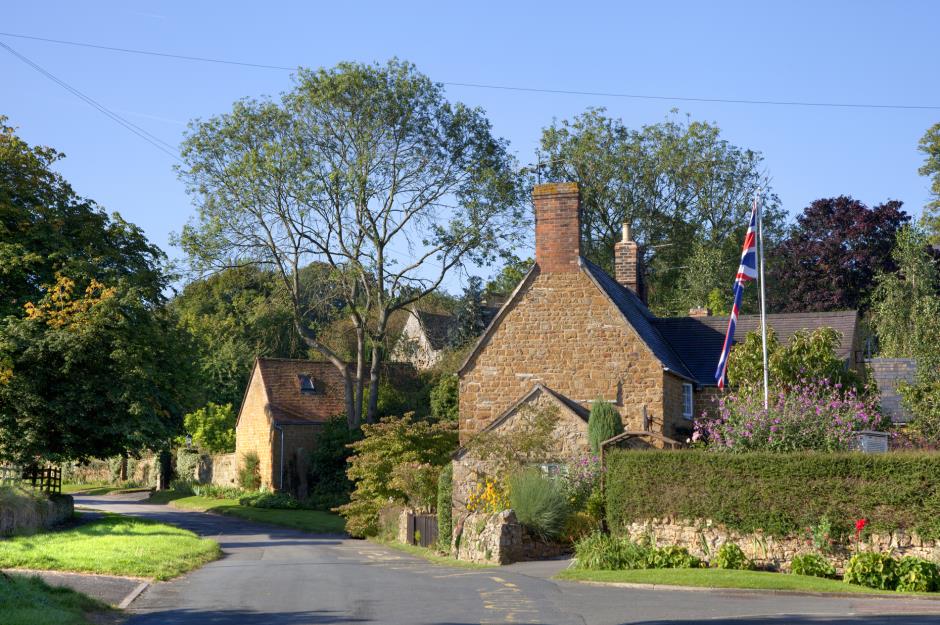
Right on the northern edge of the Cotswolds, this honey-hued village is as idyllic as they come. Its Norman church has an impressive bell tower, while nearby Shipston-on-Stour, with its 17th-century church, is also very pretty.
36. Burford, Oxfordshire, England
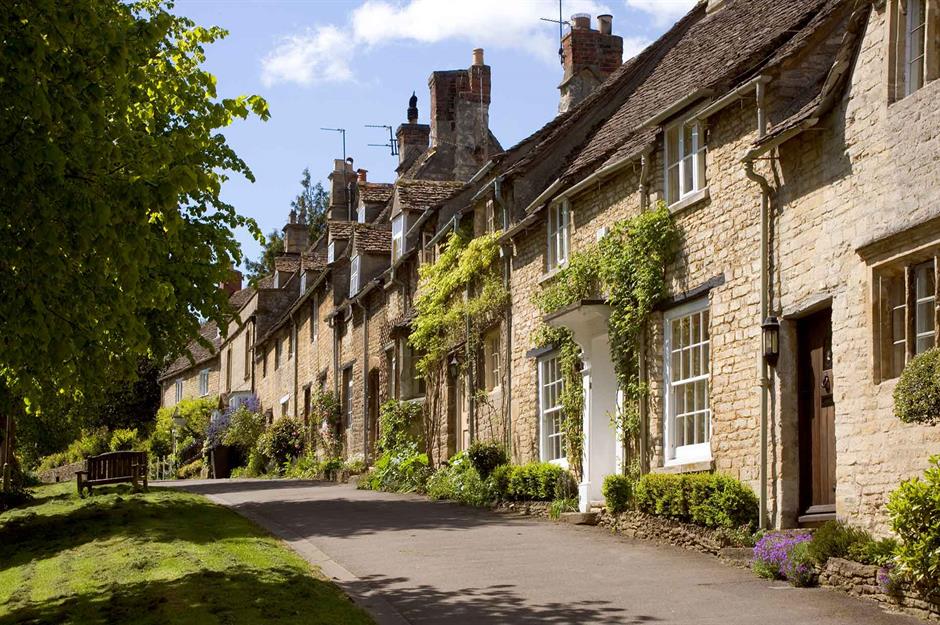
This Oxfordshire town may look quaint and quiet, but it was once the site of a rebellion against Oliver Cromwell in the 1600s. The event is remembered on Levellers Day when Burford comes alive with debates and music in honour of free speech. There's also a medieval bridge, England’s oldest pharmacy and a restaurant where Lord Nelson once feasted.
35. Turville, Buckinghamshire, England
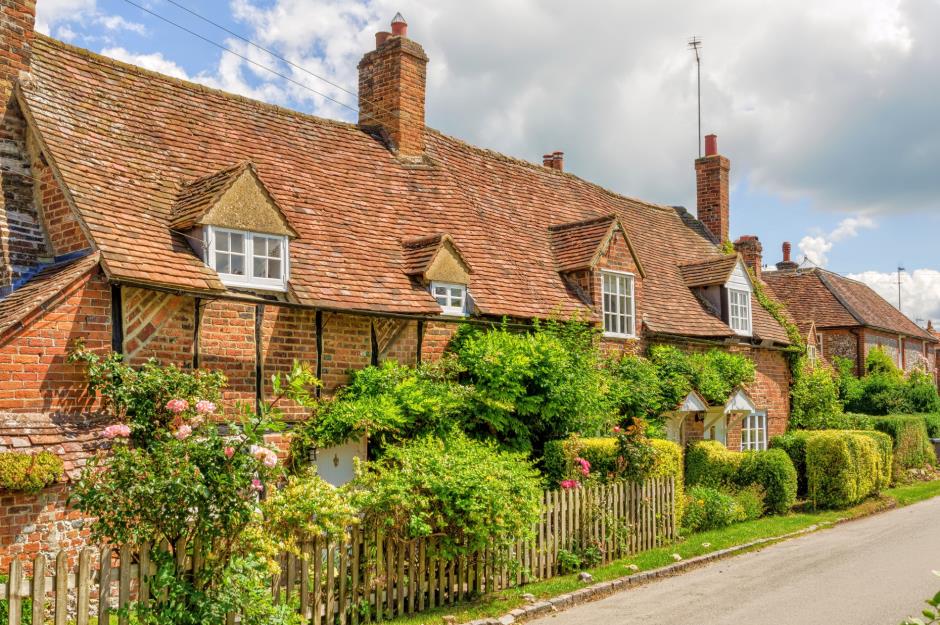
Fans of Chitty Chitty Bang Bang will love cute-as-a-button Turville, huddled within the Chiltern Hills and the home to the windmill dwelling of Caractacus Pott. Its ancient St Mary the Virgin Church is also famous – it was used for BBC comedy The Vicar of Dibley, as was the rest of the idyllic village.
34. Kentmere, Cumbria, England
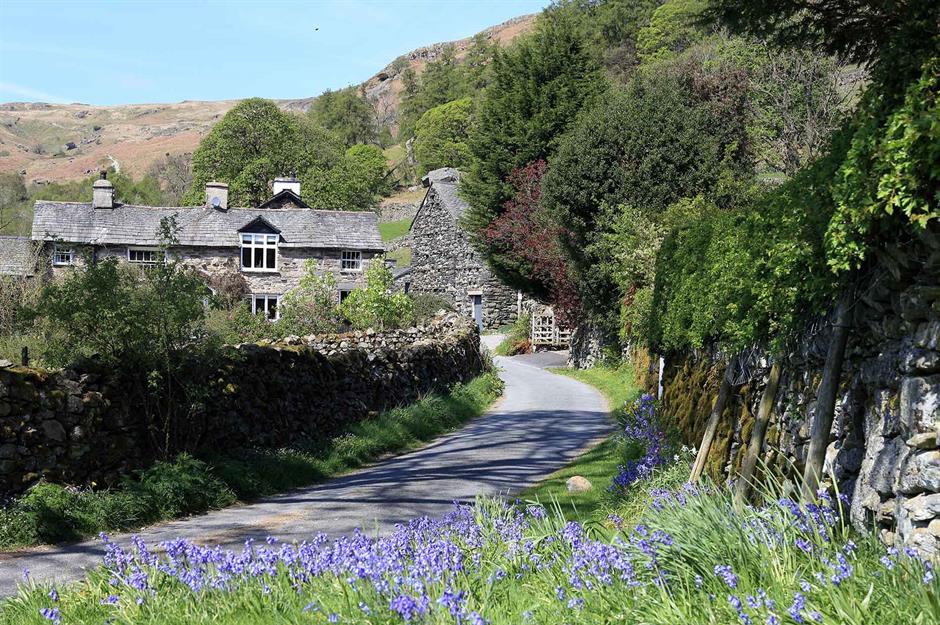
Deep in Cumbria’s Lake District National Park hides the tiny village of Kentmere. The River Kent whistles past a few dreamy cottages, a church and a post office which make up the picturesque spot. Kentmere Hall has stood here since the 13th century while the little St Cuthbert’s Church dates from medieval times.
33. Lavenham, Suffolk, England
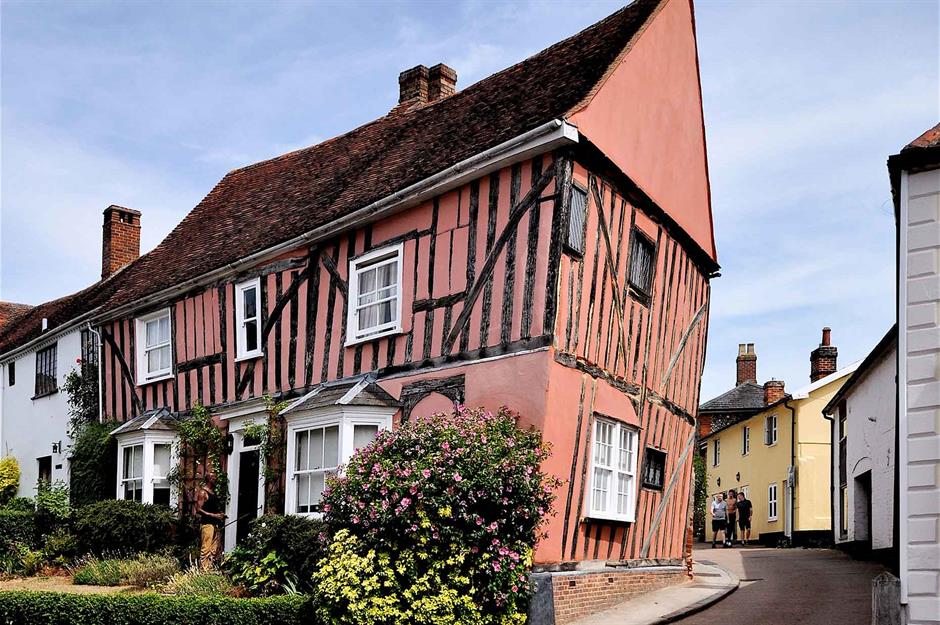
You feel like you’ve stumbled onto the set of a costume drama at this remarkably well-preserved medieval timbered village. Lavenham was one of England’s most prosperous wool villages, hence the incredible houses. The wonderfully wonky structures in lovely old lanes bring visitors from miles around, and the village’s main historic sights include the Guildhall, Little Hall and Church of St Peter and St Paul.
32. Corfe Castle, Dorset, England
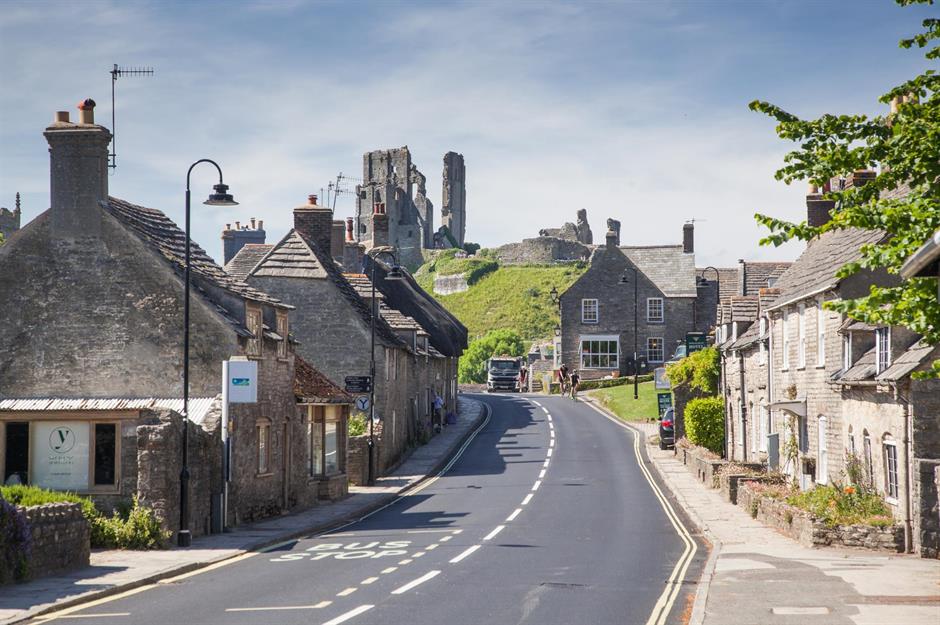
Set high in the pretty Purbeck hills, Corfe Castle has a deep-rooted history. It was a Saxon stronghold, a Norman fortress and a royal palace (where King John kept his crown jewels and where Edward II was imprisoned), as well as a family home. The romantic ruins of the crumbling castle are set within an exceedingly pretty little village, and its quaint buildings were made using local grey Purbeck limestone.
31. Chipping Campden, Gloucestershire, England
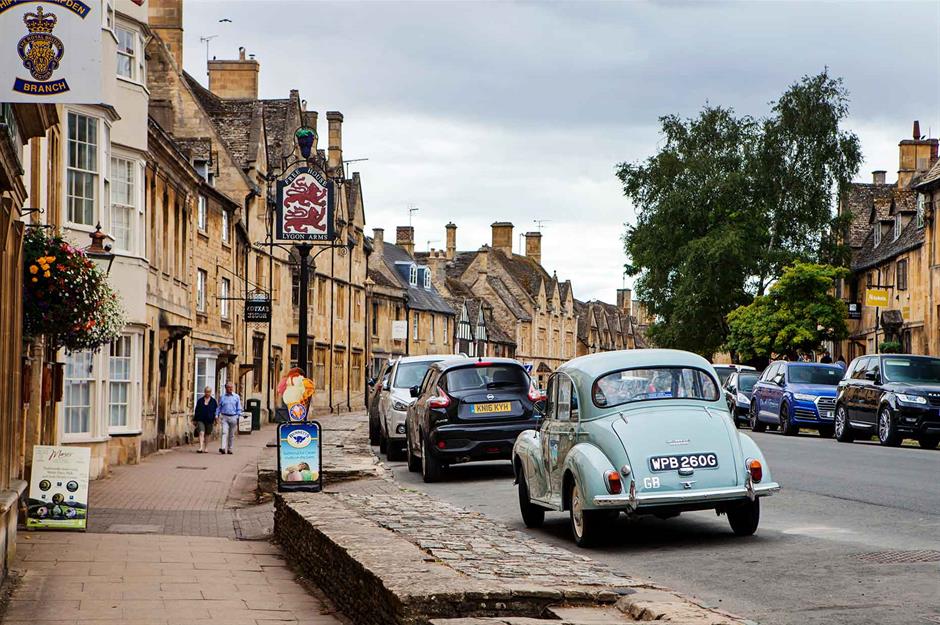
Gloucestershire’s elegant little town is noted for its super-smart high street, where an unbroken streak of tall, terraced houses impose on the road beneath. Well-preserved and full of history, it's one of the north Cotswolds' finest towns and is often less busy than more well-known places in the region such as Burford and Bourton-on-the-Water.
30. Thaxted, Essex, England
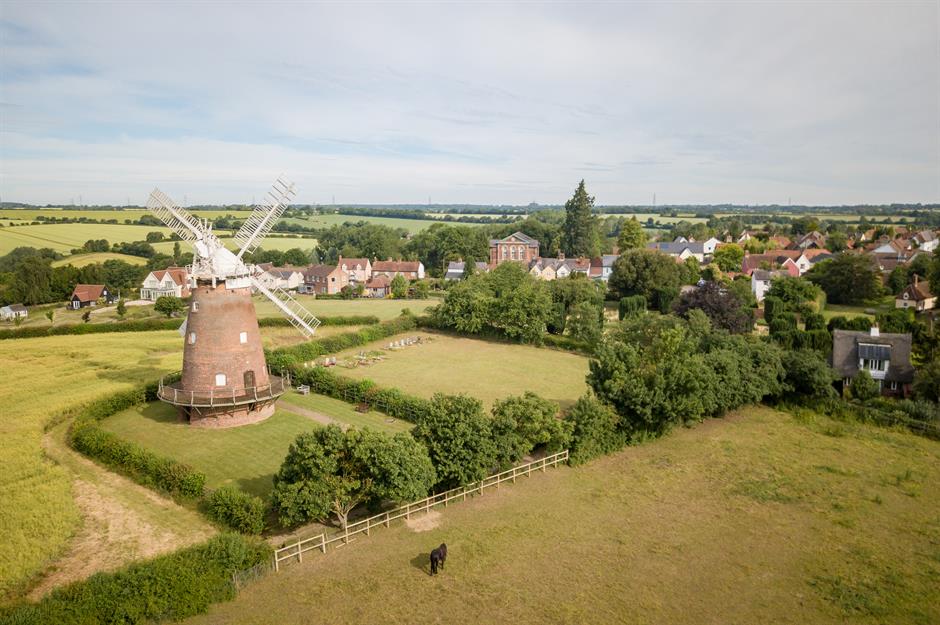
Residents have lived in the little southeast town of Thaxted for over a thousand years. Here, there are thriving traditions celebrated through the Thaxted Festival and the town’s resident band of Morris dancers. A beautiful windmill, the 17th-century parish almshouses and the pre-Tudor Guildhall meeting place add to its rich history.
29. Hutton-le-Hole, North Yorkshire, England
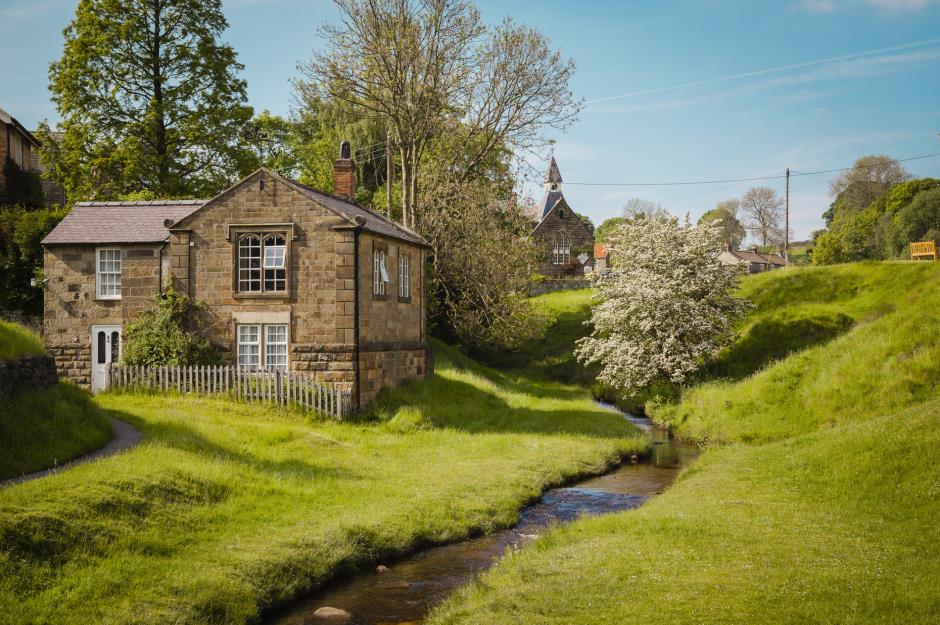
Huddled around a village green where sheep graze and the Hutton Beck flows, the charms of this North York Moors village are plentiful. It gets its unusual name from its position in a natural hollow between the limestone headlands of the Tabular Hills.
28. Aylesford, Kent, England
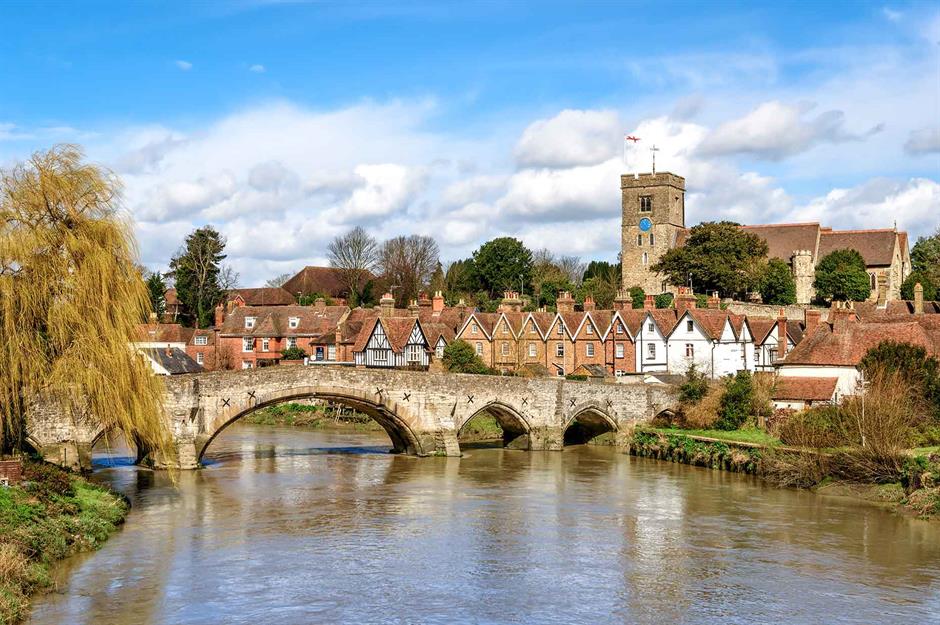
Nicknamed 'the Garden of England', Kent is packed with historic towns and villages, both along its beachy coastline and also inland. On the River Medway, Aylesford is famed for its medieval stone bridge and church.
27. Holt, Norfolk, England
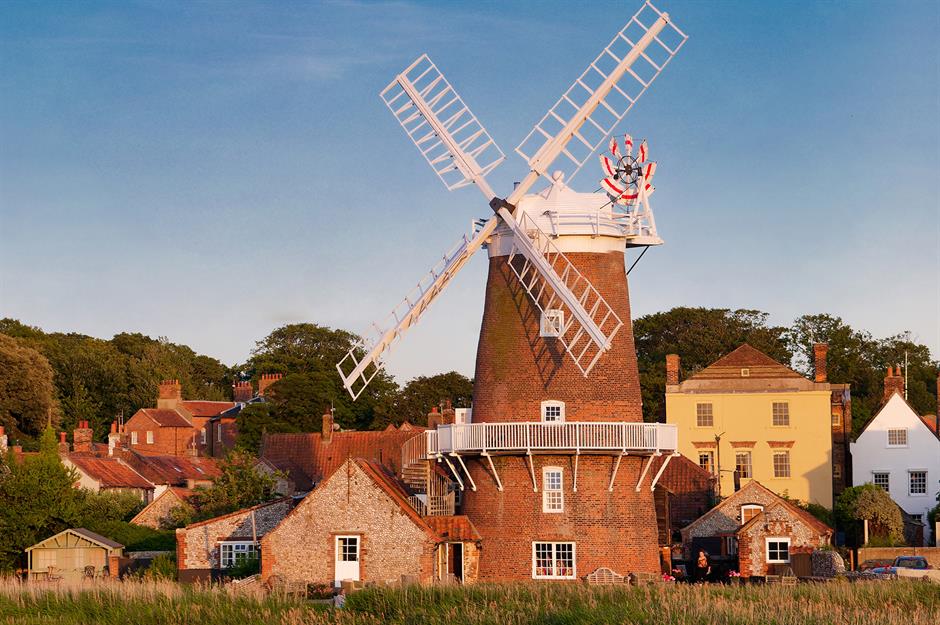
A gem in Norfolk's crown, Holt boasts a delightful mix of Georgian architecture and quaint, independent shops that give the town a unique charm. A notable highlight is the historic Holt Windmill, which stands as a testament to the town’s rich agricultural heritage. Stroll down the high street and you’ll find an array of charming boutiques, cafes and historic inns that reflect the town's welcoming spirit. This blend of rustic beauty and vibrant local culture makes Holt a perfect destination for a leisurely exploration of Norfolk’s past and present.
26. Chilham, Kent, England
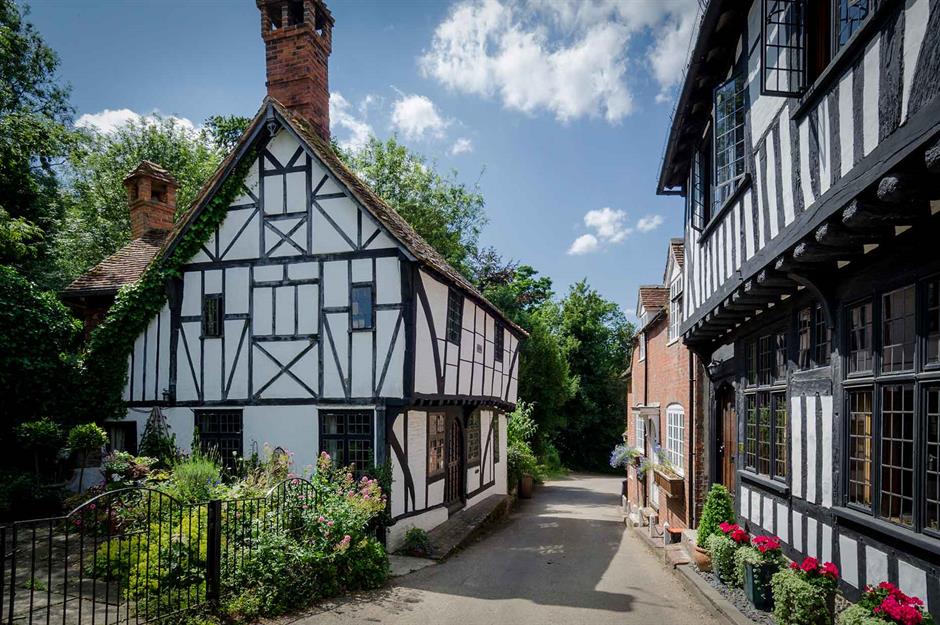
Historic Chilham is packed with half-timbered black-and-white Tudor buildings, making it look like it belongs in an old painting. Chilham lies on the North Downs Way and the Pilgrims' Way to Canterbury, and the grand old medieval castle site dates right back to the Norman period.
25. Alfriston, East Sussex, England
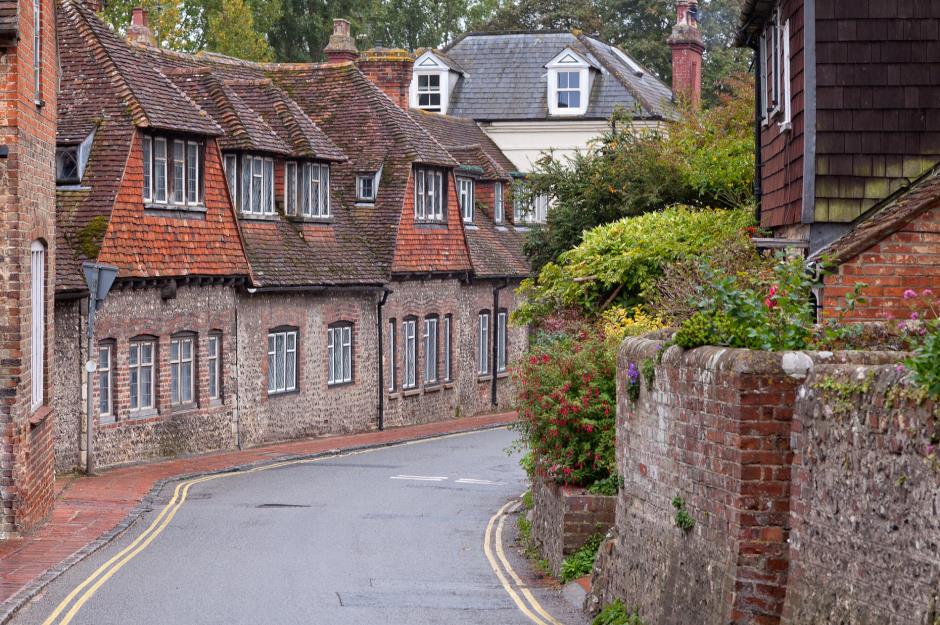
Surrounded by the rolling South Downs, the ancient village of Alfriston has lashings of old-world charm. It’s home to a medieval church and the very first property acquired by the National Trust – gorgeous 14th-century thatched and timber-framed Alfriston Clergy House.
24. Chilbolton, Hampshire, England
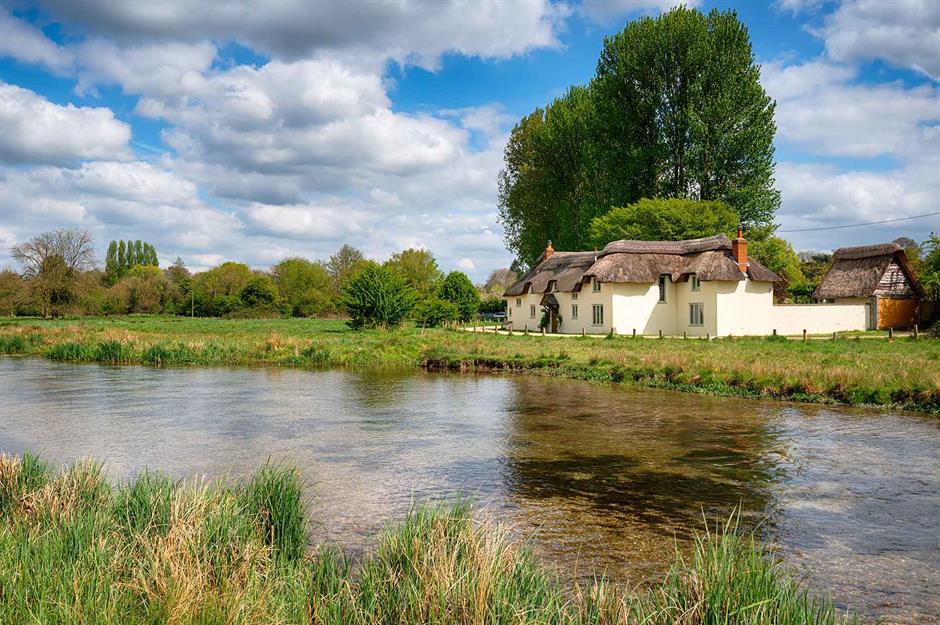
Chilbolton could be straight out of a storybook, with fairy-tale cottages, green meadows and gushing rivers. Sitting in the Test Valley near Wherwell, the ancient Hampshire village is peaceful, even in its main street, where local stores are still housed in old-fashioned buildings.
23. Melrose, Scottish Borders, Scotland
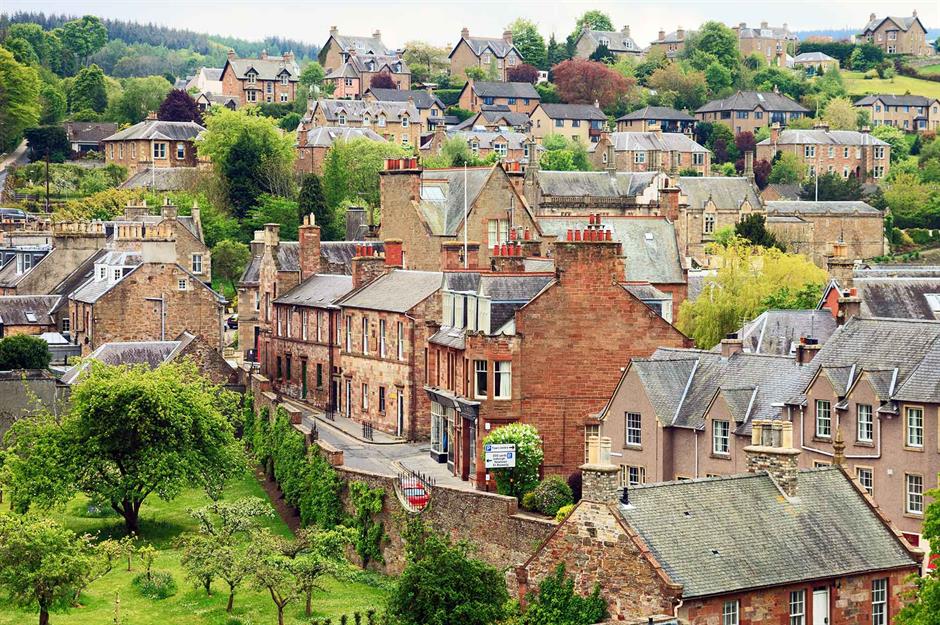
Down the River Tweed, alongside the three peaks of Eildon Hill, sits Melrose town where the seven-a-side variation of rugby, rugby sevens, was born. The house where novelist Sir Walter Scott lived is here too, as are the grand ruins of Melrose Abbey, where the heart of Robert the Bruce, king of Scotland from 1306 to 1329, is reportedly buried.
22. Shanklin, Isle of Wight, England
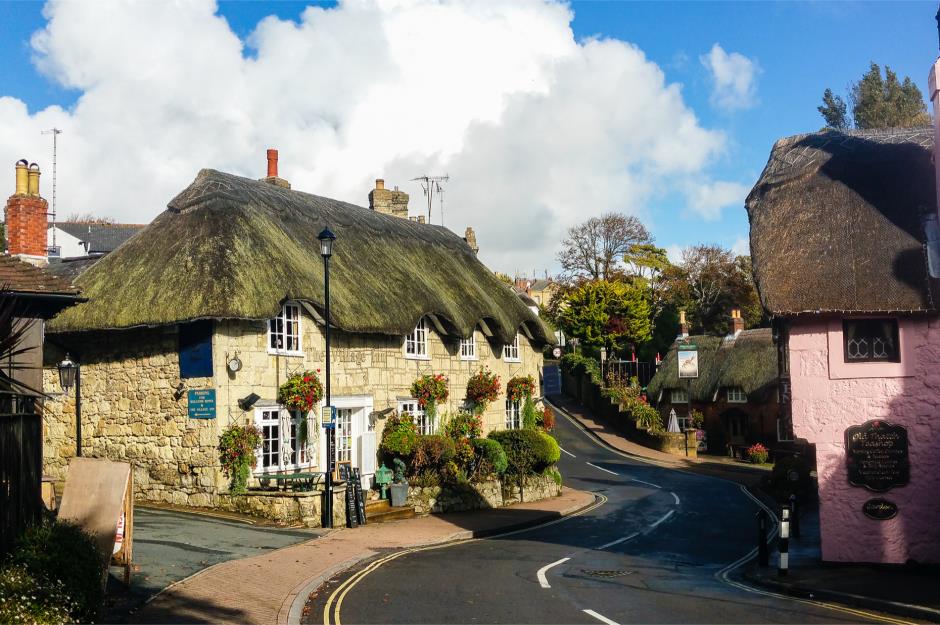
The Isle of Wight has scenic seaside villages by the spadeful and Shanklin, with its cutesy old centre, authentic thatched cottages and copious tearooms, is one of the prettiest. Its charmingly traditional seafront promenade, the Shanklin Esplanade, provides real seaside nostalgia.
21. Branscombe, Devon, England
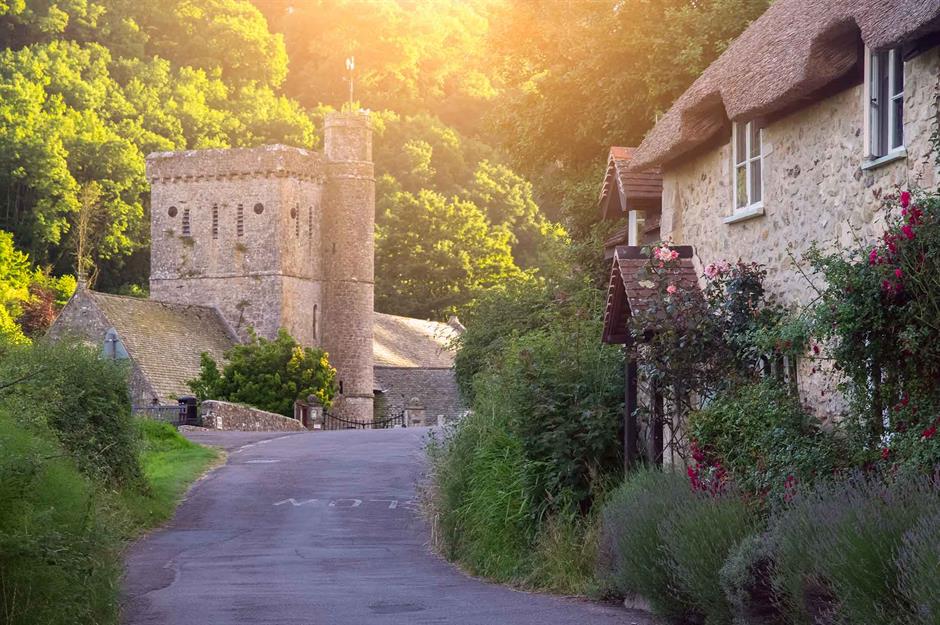
Snaking down the Jurassic Coast in the south of England, Branscombe is a contender for the longest village in Britain. The stone houses and rolling hills mean this Devon dwelling certainly qualifies as one of the prettiest. There's the East Devon Area of Outstanding Natural Beauty and the Jurassic Coast, which showcases 185 million years of history in its cliffs, caves and crevices. No wonder it's a UNESCO World Heritage Site.
20. Upper and Lower Slaughter, Gloucestershire, England
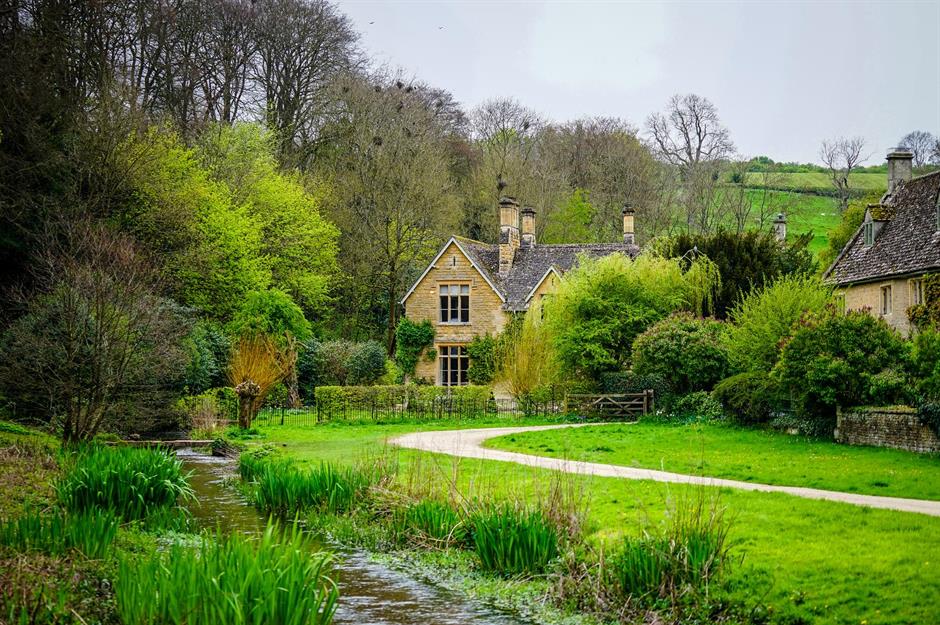
These enchanting sister villages are a mile apart and linked by the tiny River Eye. Incredible buildings here include Upper Slaughter’s beautiful gabled Elizabethan manor house, while lush green hedgerows and pathways are in abundance.
19. Cowes, Isle of Wight, England
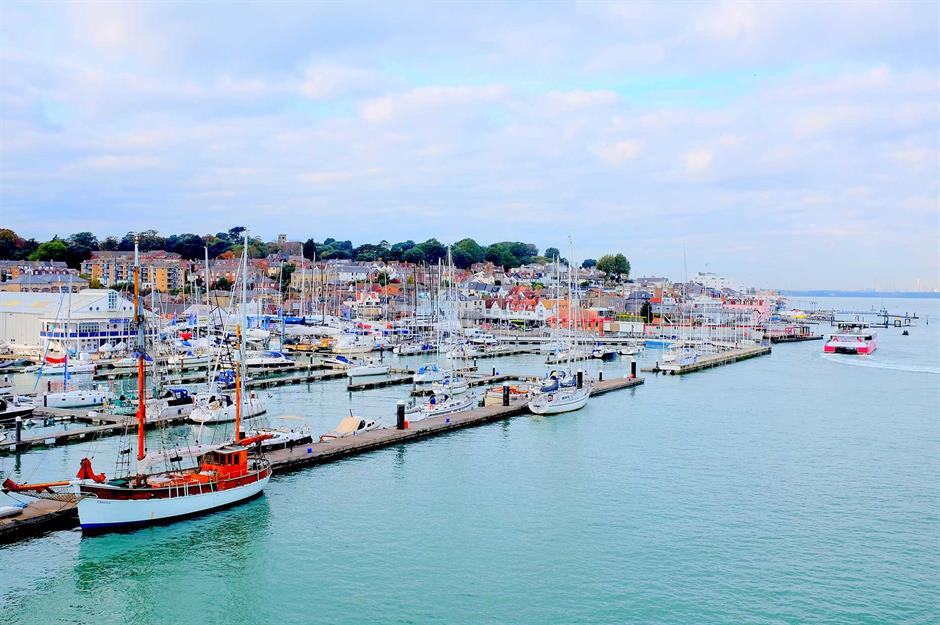
Queen Victoria and Prince Albert loved the Isle of Wight so much they decided to build their holiday home Osborne House in East Cowes. Cowes and East Cowes face each other on the island’s northernmost coastline and are joined by a floating bridge. Both are home to maritime museums and Cowes also hosts the world’s oldest sailing regatta.
18. Robin Hood’s Bay, North Yorkshire, England
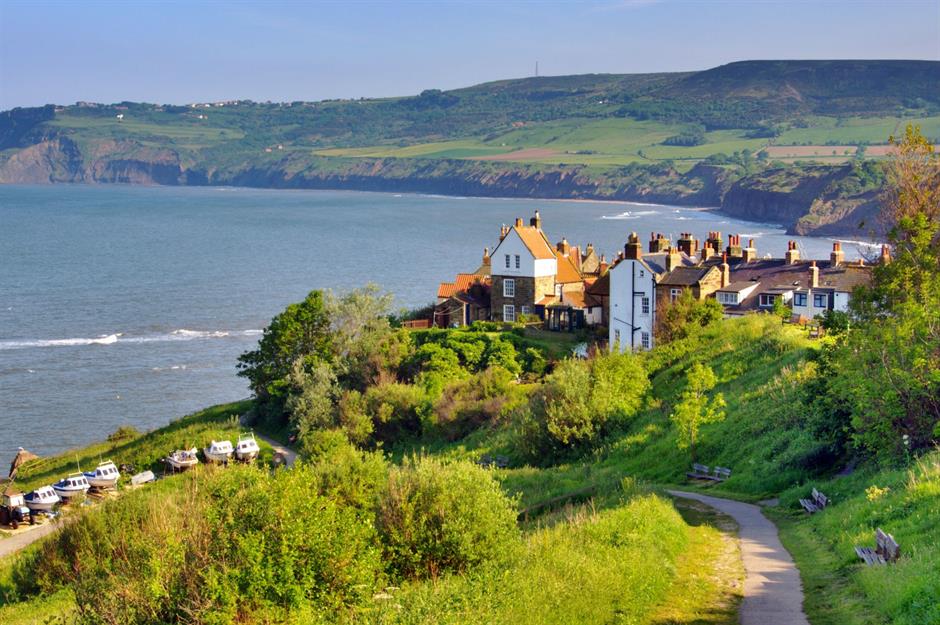
Located in the heart of the North York Moors National Park just five miles (8km) from the seaside town of Whitby is the historic fishing village known as Robin Hood’s Bay. Filled with pretty cobblestoned streets, RHB, as it’s known, is famous for the ancient fossils that wash up on its sandy beach, as well as its rugged coastline and sprawling countryside.
17. Painswick, Gloucestershire, England
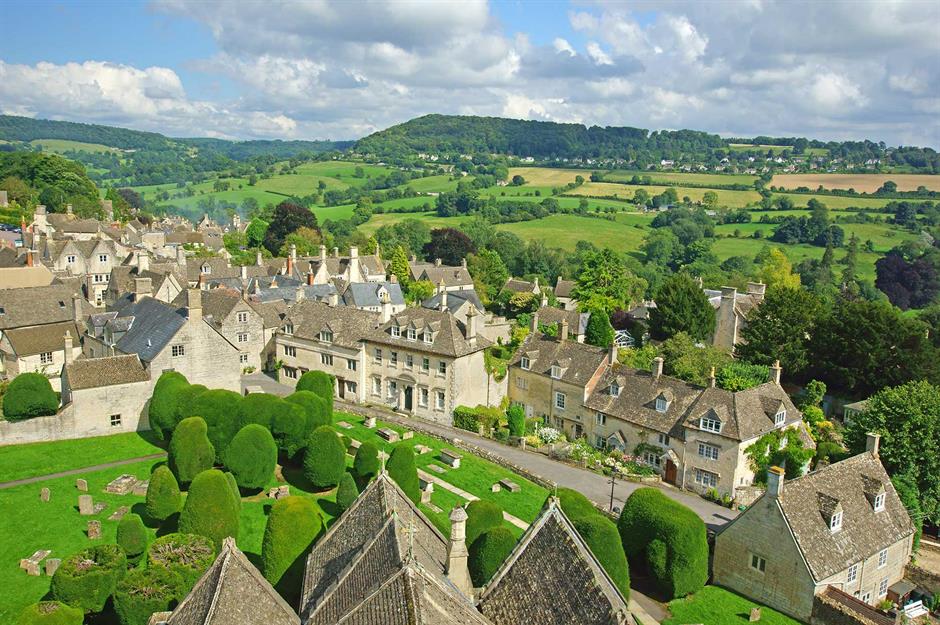
Cirencester claims to be 'the Capital of the Cotswolds', but Painswick residents insist that their village is 'the Queen of the Cotswolds'. It’s certainly a postcard-worthy English village and was the set for the TV adaption of JK Rowling’s book A Casual Vacancy. Check out the beautiful Rococo Garden, built to host garden parties during the 1740s, which still captures every passerby's attention. Pictured is a view of Painswick from St Mary's Church tower looking over the village.
16. Clovelly, Devon, England
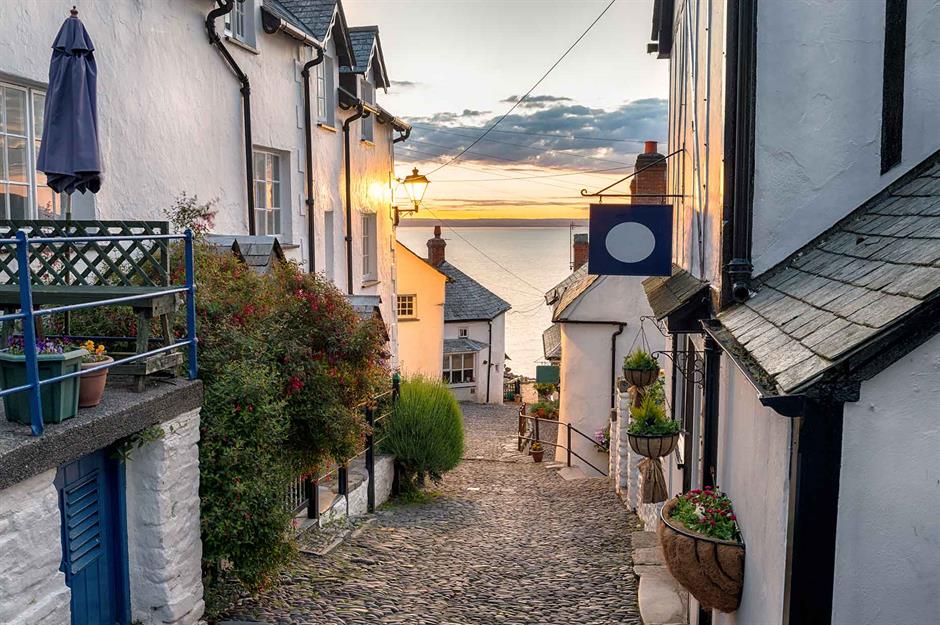
This fishing village in North Devon, once owned by royalty, consists of cobbled streets sloping towards the sea, patrolled by donkeys and sledges instead of cars. The adorable village played muse for the painter William Turner and the writer Charles Dickens.
15. Castlerock, County Londonderry, Northern Ireland
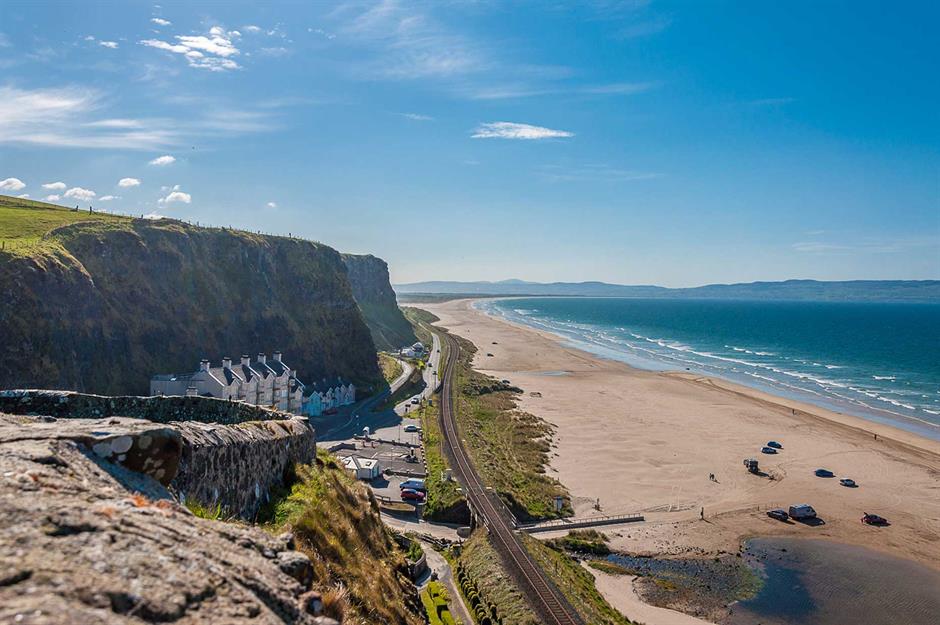
The village of Castlerock backs onto coastal cliffs and faces out to the wide-open seashore. The houses look out across the award-winning sands of Downhill Beach, which has been used as a Game of Thrones filming location. The best views over the bay and the Atlantic Ocean are from the remains of the 18th-century temple on the clifftop.
14. Cirencester, Gloucestershire, England
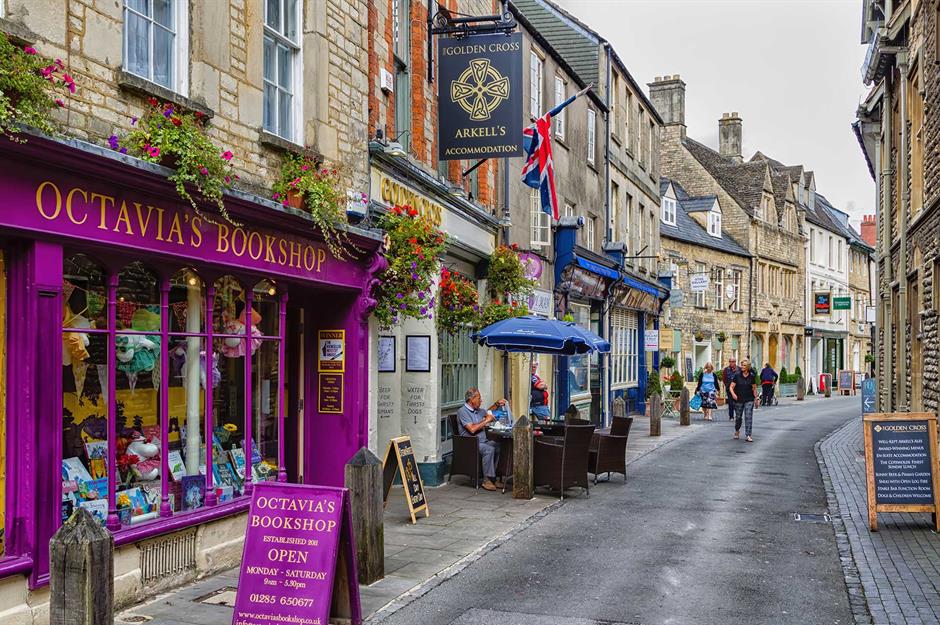
The well-known market town of Cirencester, dubbed 'the Capital of the Cotswolds', is a picturesque hub of pubs, museums and art as well as golf and cricket clubs. The Cirencester Lock-Up is where Cotswolds criminals were kept back in the day, while the imposing cathedral-like parish church dominates the market square.
13. Abbotsbury, Dorset, England

Dorset is peppered with postcard-pretty villages including Abbotsbury, which boasts thatched stone cottages, a narrow winding high street and rolling green hills to either side. Aside from its good looks, it’s home to the Abbotsbury Swannery (established by Benedictine Monks who built a monastery here during the 1040s), and it’s a stone’s throw from the scenic Jurassic Coast too.
12. Cushendun, County Antrim, Northern Ireland
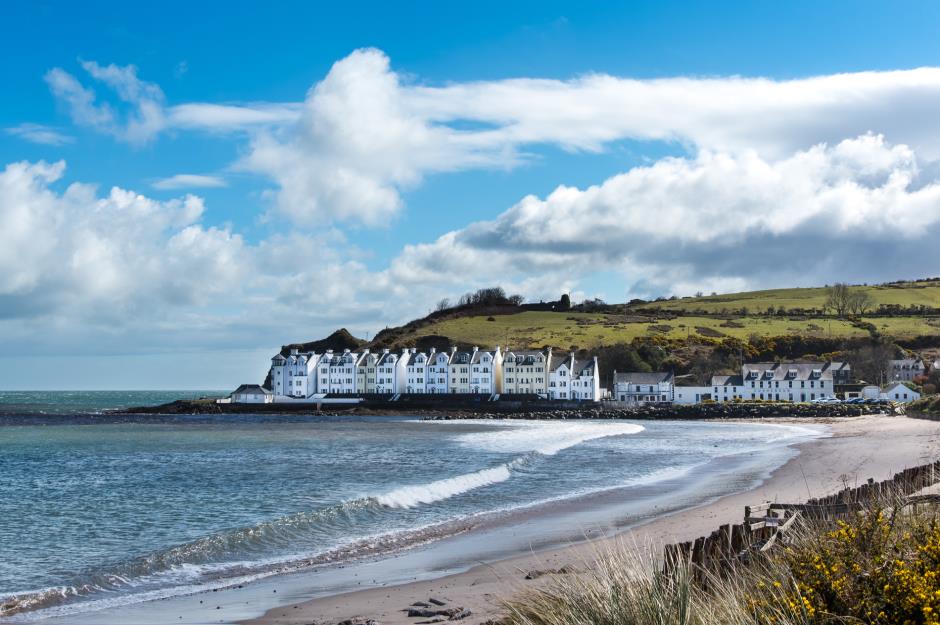
Set above a sweeping beach on the Causeway coast is the beautiful village of Cushendun. This pretty spot in the Glens of Antrim has enjoyed the Game of Thrones visitor effect – the 400-million-year-old caves nearby provided the backdrop for the Stormlands in the hit TV series.
11. Linlithgow, West Lothian, Scotland
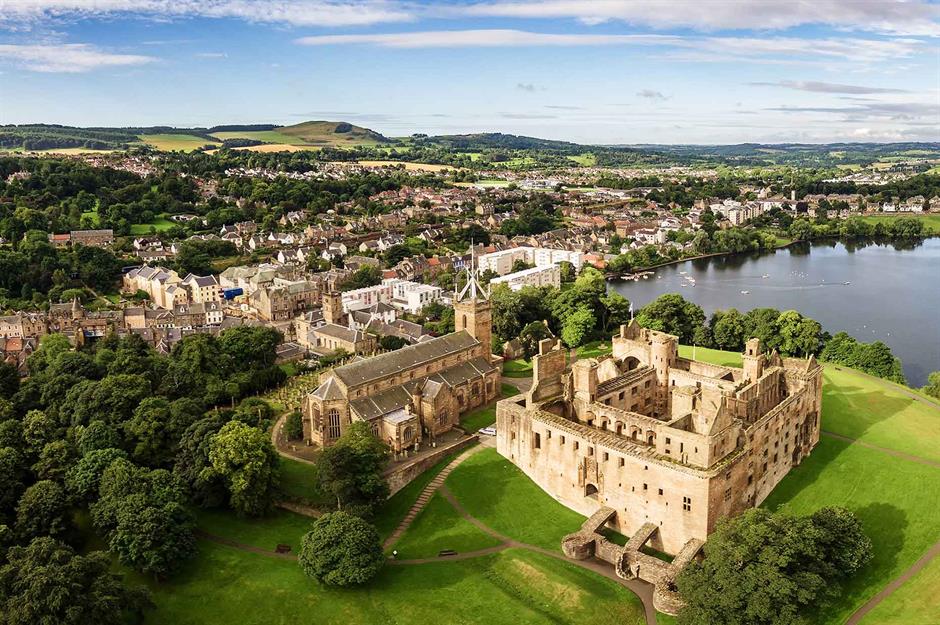
Next to Linlithgow Loch, just west of Edinburgh, lies the Scottish town of Linlithgow. This was the birthplace of Mary Queen of Scots and the remains of her palace offers impressive views over the loch and the surrounding countryside.
10. Beer, Devon, England
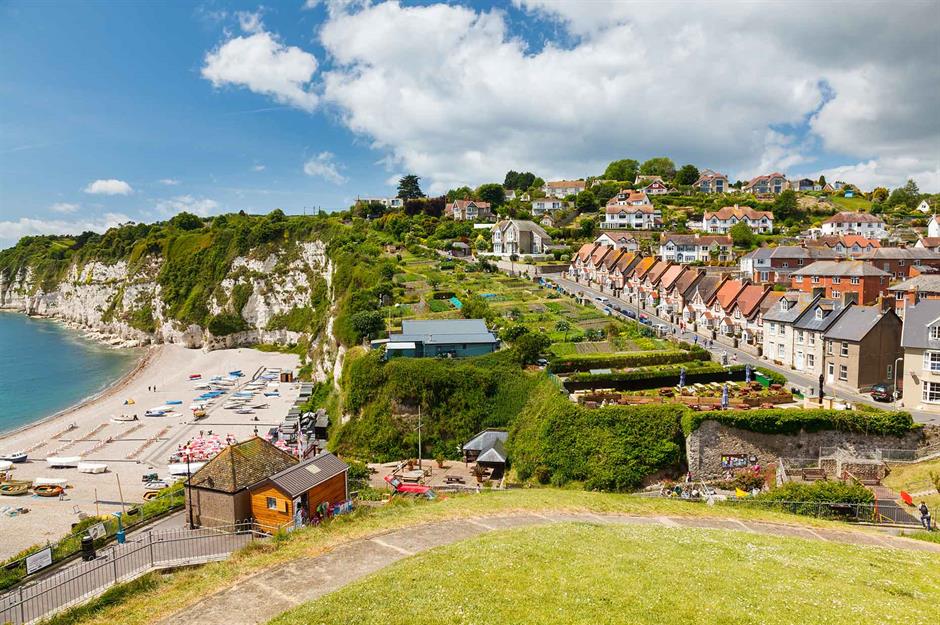
Huddled against chalk cliffs along the Jurassic Coast is the lovely village of Beer in Devon. Although no longer a base for smugglers as it was in times gone by, the area's fishing heritage is still in evidence today, and locals and tourists alike gorge on fresh crab and other seafood.
9. Grasmere, Cumbria, England
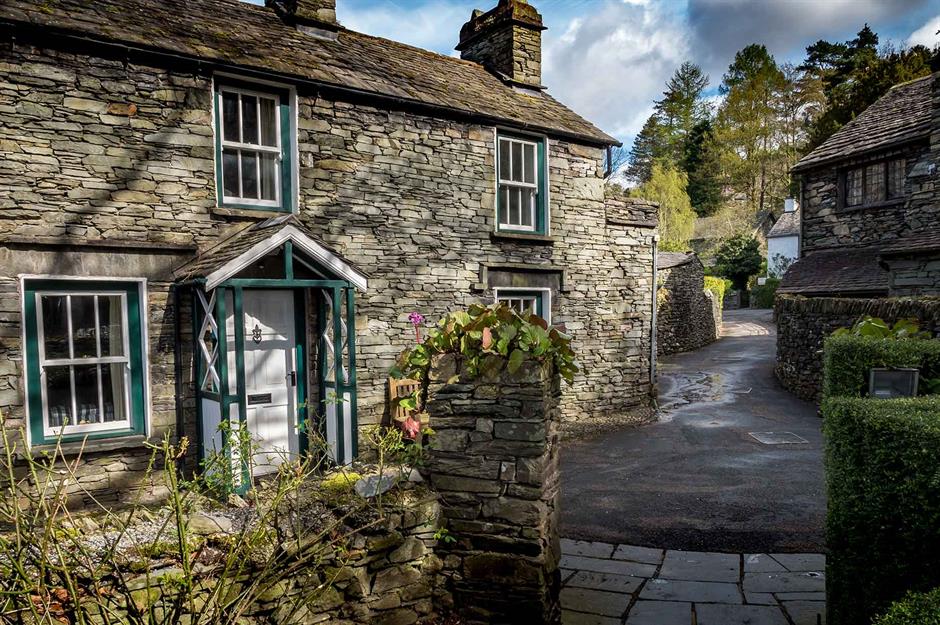
The picturesque village of Grasmere is renowned for being the home and death-place of the poet William Wordsworth. He and his wife are buried at the 13th-century St Oswald’s churchyard, while the schoolhouse where Wordsworth used to teach is now an independent gingerbread shop, selling the sweet treat that's synonymous with the area.
8. Lacock, Wiltshire, England
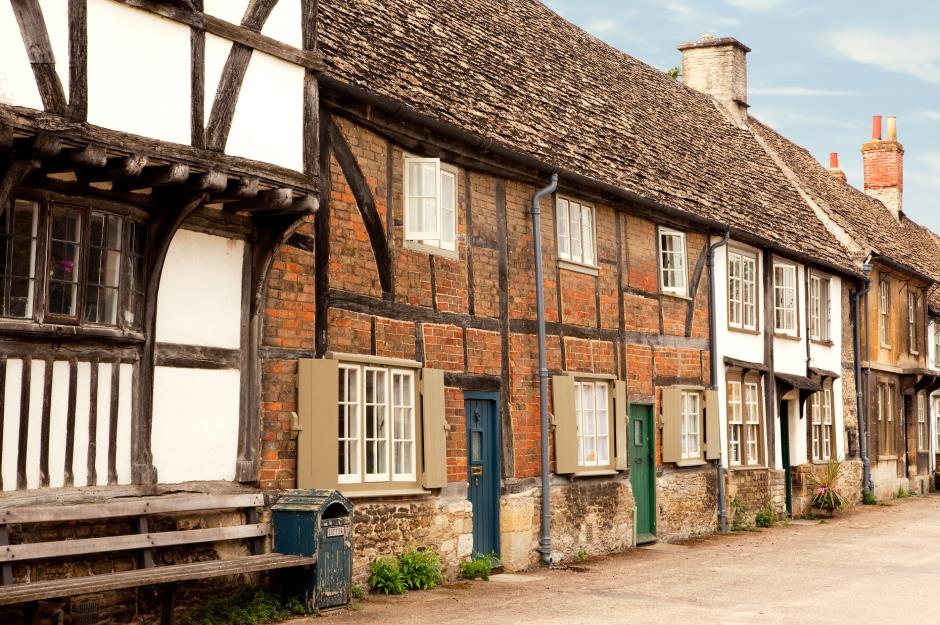
Another star of the small screen, this historic National Trust village has featured in films and TV shows including Downton Abbey, Harry Potter and Pride and Prejudice. The main lure is Lacock Abbey – once an Augustinian nunnery, Tudor home and more latterly home of William Henry Fox Talbot, inventor of the photographic negative.
7. Portree, Isle of Skye, Scotland
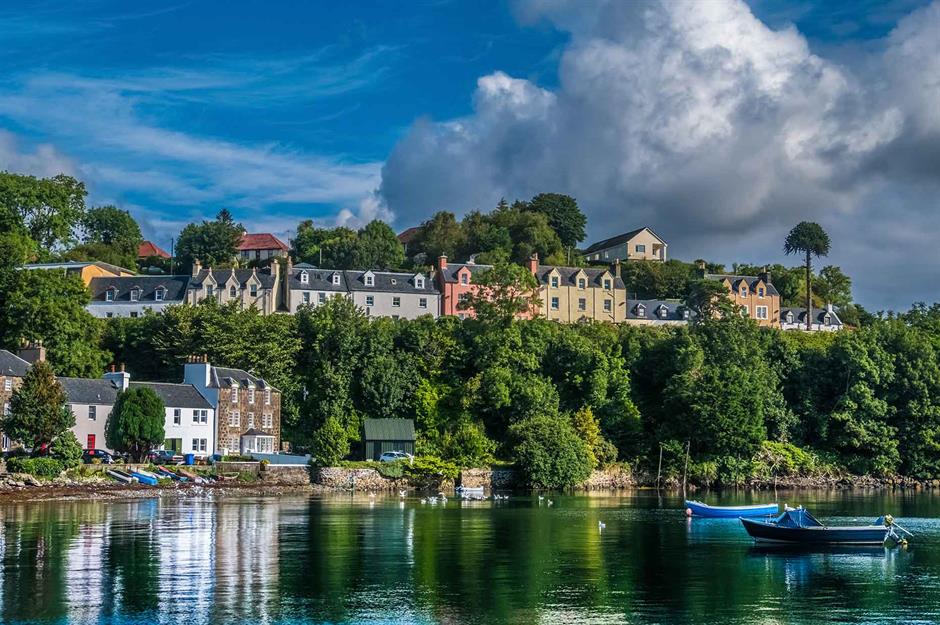
The village of Portree is a relatively young fishing port (around 200 years old) and the multi-coloured capital of the Isle of Skye in the Inner Hebrides. Over the past few years Portree has drawn food fans after the opening of several top-notch restaurants, but this is also a spot to enjoy the quiet life and sea air.
6. Salcombe, Devon, England
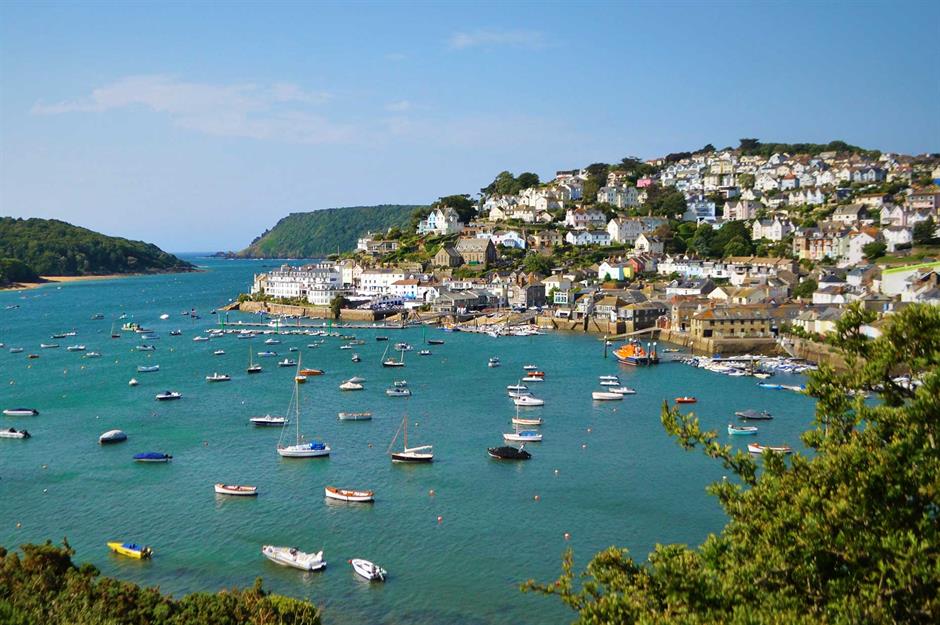
A favourite of the sailing set, this elegant harbour town on Devon’s south coast has a popular fishing port at its heart. Views for miles are dominated by the bobbing boats, and it’s also close to some glorious long stretches of golden sand such as South Sands, a short ferry ride away.
5. Cromer, Norfolk, England
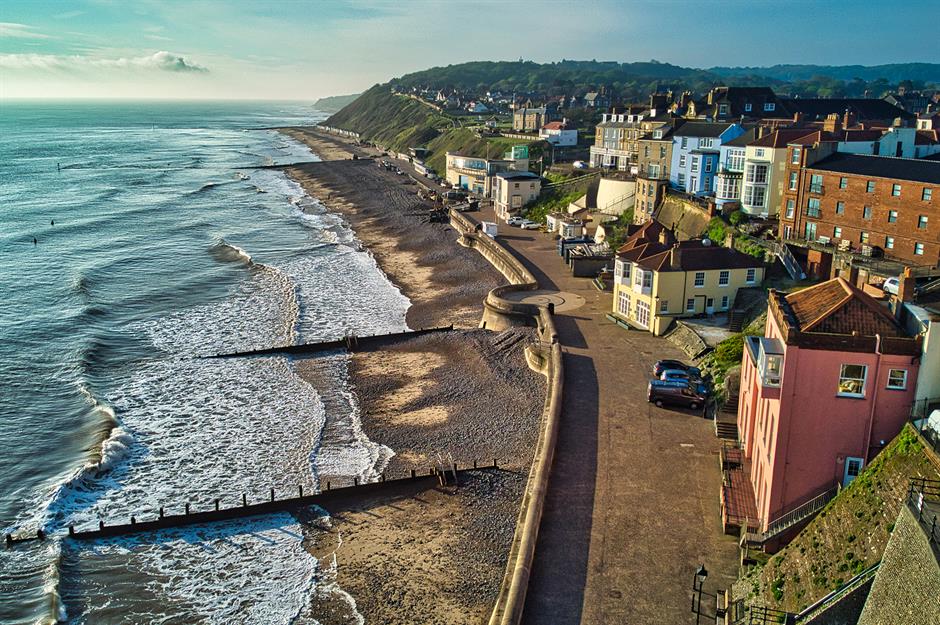
Cromer, a beloved coastal retreat in north Norfolk, is celebrated for its striking Victorian architecture and seaside charm. The town’s centrepiece, Cromer Pier, extends into the North Sea, offering stunning views and hosting a variety of seaside entertainments. Its charming streets, lined with traditional shops and cosy cafes, reflect the town’s historic character, while its renowned crab sandwiches and bustling local markets add to its appeal as a quintessential British break.
4. Portmeirion, Gwynnedd, Wales
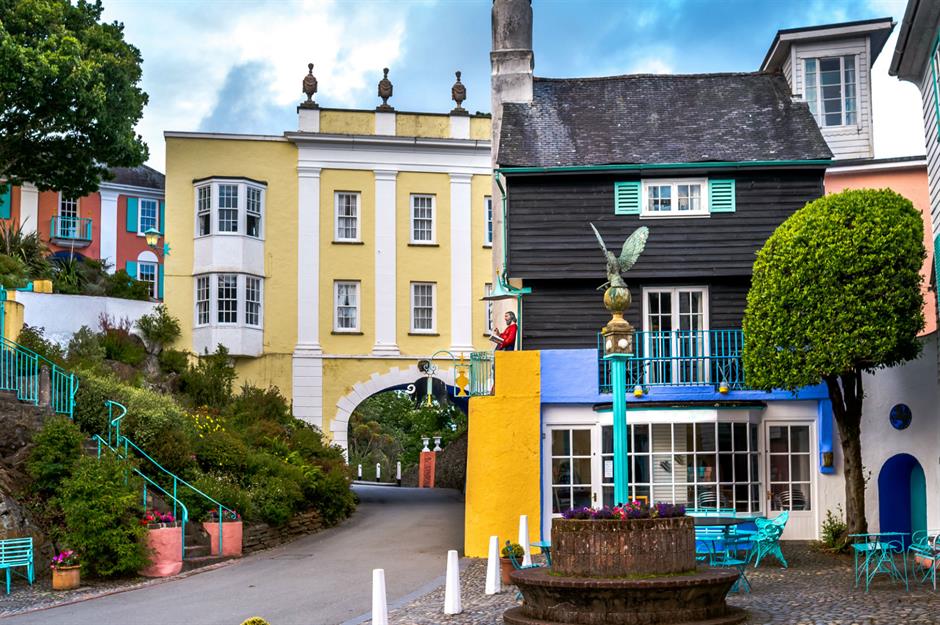
While some villages were built to be functioning communities, Portmeirion was created as a fairy-tale folly. The colourful, Portofino-inspired buildings are gathered among exotic gardens and sandy beaches which are punctuated by quaint cafes, restaurants and even an Italian ice cream parlour. The area's steam train still trundles along one of the oldest tracks of its kind.
3. Looe, Cornwall, England
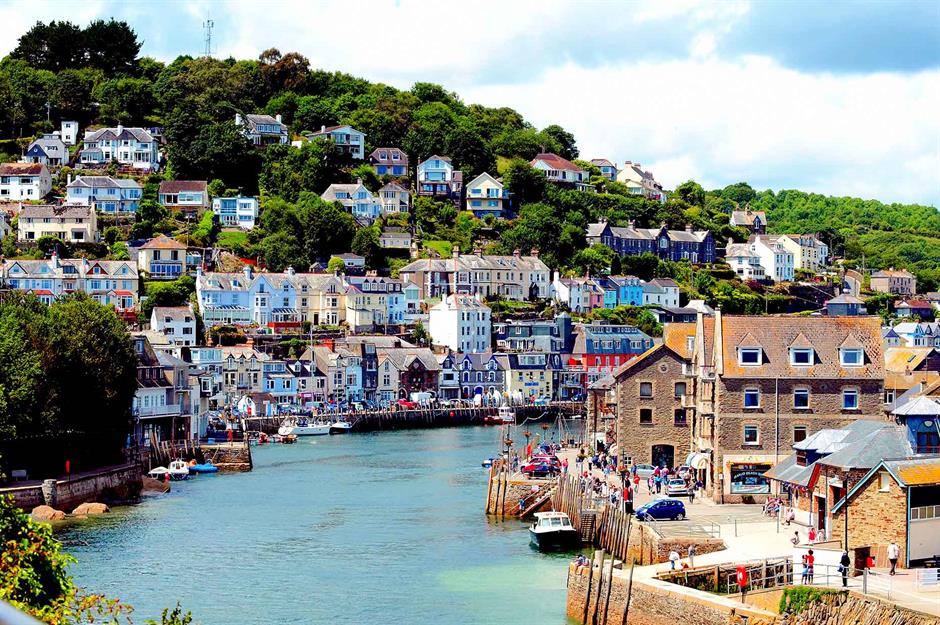
Cornish seaside favourite Looe is a sandy haven of picturesque fishing boats and colourful clustered houses. Divided into two parts – East and West Looe – with a river flowing through the centre, the town is formed of a collection of narrow streets that wind down to the beach and beautiful bay below.
2. Bibury, Gloucestershire, England
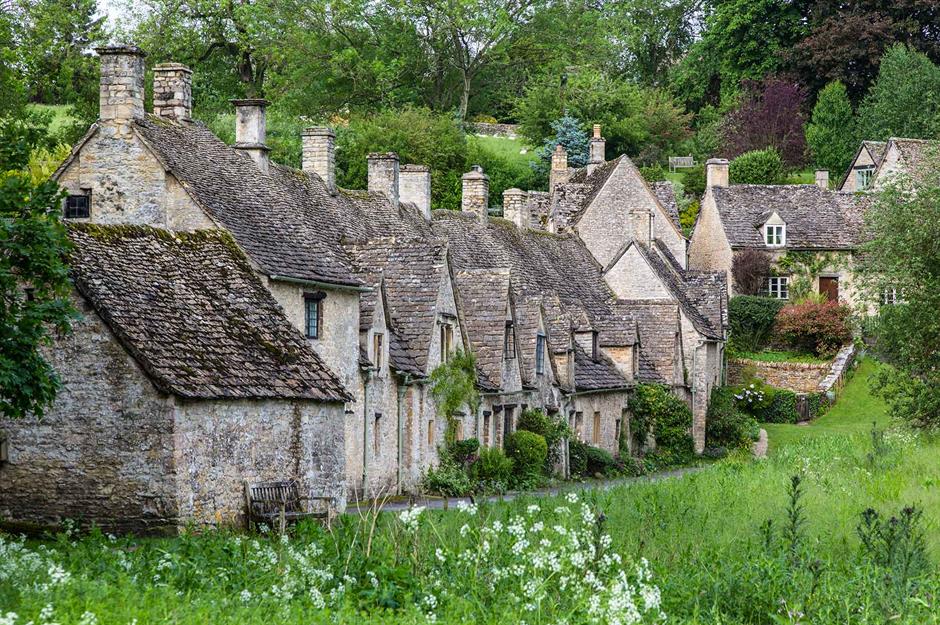
The famous writer and designer William Morris once declared Bibury in the Cotswolds the most beautiful village in the country. A hundred or so years later the sentiment certainly seems to stand. A huddle of stone houses and green hills with a slip of the River Coln running through it, Bibury is simply picture-perfect.
1. Castle Combe, Wiltshire, England
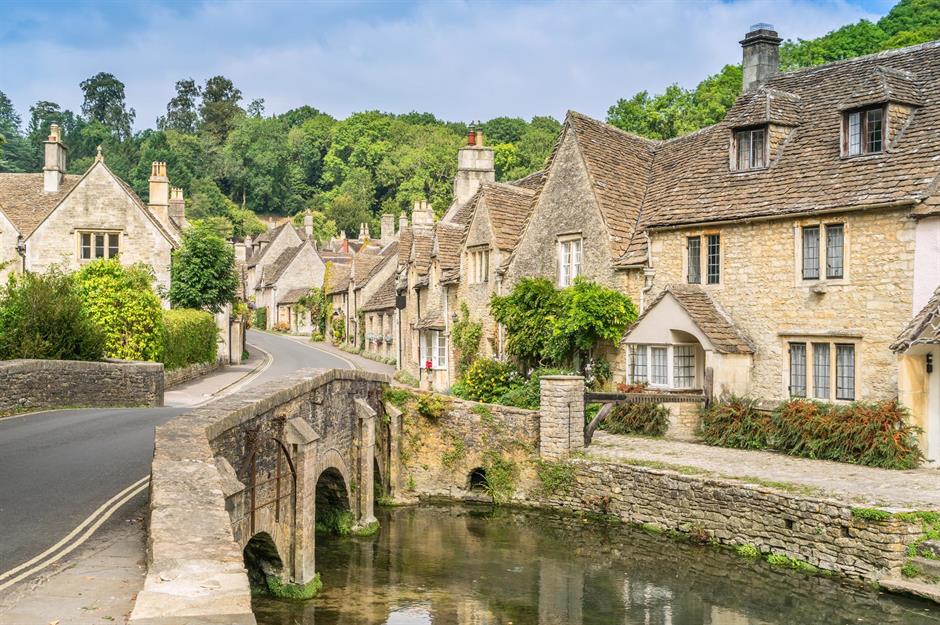
They don’t come prettier than this Cotswolds charmer with its honey-coloured stone cottages, 13th-century church (whose faceless clock is thought to be one of the oldest in the country) and little stone bridges that cross the ambling River Bybrook. It’s no wonder Castle Combe has caught the eye of film location scouts – credits include Stardust and Stephen Spielberg’s War Horse.
Comments
Be the first to comment
Do you want to comment on this article? You need to be signed in for this feature